|
In Math we’ve been continuing our work on basic addition and subtraction facts up to 18. The students have had lots of fun playing a variety of addition and subtraction games, and you can ask them at home to tell you a number story. See if you can answer their word problems at home!
0 Comments
Millgrove School has been working through a Health curriculum called Zones of Regulation this year, and the students have really taken to it! The Zones is an approach used to teach students self-regulation by categorizing al the different ways we feel and states of alertness into four zones. As the Zones of Regulation website explains:
The Red Zone is used to describe extremely heightened states of alertness and intense emotions. A person may be elated or experiencing anger, rage, explosive behavior, devastation, or terror when in the Red Zone. The Yellow Zone is also used to describe a heightened state of alertness and elevated emotions; however, one has some control when they are in the Yellow Zone. A person may be experiencing stress, frustration, anxiety, excitement, silliness, the wiggles, or nervousness when in the Yellow Zone. The Green Zone is used to describe a calm state of alertness. A person may be described as happy, focused, content, or ready to learn when in the Green Zone. This is the zone where optimal learning occurs. The Blue Zone is used to describe low states of alertness and down feelings, such as when one feels sad, tired, sick, or bored. The Zones can be compared to traffic signs. When given a green light or in the Green Zone, one is “good to go”. A yellow sign means be aware or take caution, which applies to the Yellow Zone. A red light or stop sign means stop, and when one is the Red Zone, this often is the case. The Blue Zone can be compared to the rest area signs where one goes to rest or re-energize. All of the zones are expected at one time or another, but the curriculum focuses on teaching students how to manage their Zone based on the environment and people around them. For example, when playing on the playground or in an active/competitive game, no one would think twice about one being in the Yellow Zone but that would not be same in the library. Stay tuned for more of our learning on our Zones of Regulation! In Social Studies we’ve been focusing a great deal on what is unique about the land in our three Canadian communities, and this week we used all that we knew about the geography and climate of Meteghan to create art representing the village at Christmastime. Although temperatures are quite mild in December in Nova Scotia, there is sometimes snow, and the students did an excellent job of representing the fishing industry, rocky cliffs, and charm of this East Coast community. There is even a very convincing painting of St. Mary's church!
To keep up their great growth in reading and writing, the students in 2B each have a reading and writing goal that they are working on throughout the week. In reading, they are working on a “Café” strategies in one of the categories of comprehension, accuracy (in reading words), fluency, and expanding vocabulary. In writing, they are each working on a specific element of the six traits of writing: voice, organization, ideas, conventions, word choice, and sentence fluency. The students have been very thoughtful in paying attention to these goals in their reading and writing, and it’s neat to see their growth from week to week in these goals. We will continue to add a greater variety of strategies to our reading and writing boards as the year goes on!
In Math, we are beginning a new focus on addition and subtraction up to 18, and solving word problems. This unit will focus on deepening your child’s understanding of number relationships, counting, and place value. Below you can find a game and video we've been playing to get this unit off to a fun start! The learning goals for this unit are to:
You can also play the video and games below for extra practice at home! With the arrival of colder weather and snow this month, we’ve started a new unit on Hot and Cold Temperatures in Science. We've been exploring different uses of thermometers, learning about different temperatures, and comparing the high and low temperatures from day to day. In this unit, we will be learning:
Stay tuned for our further learning about hot and cold temperatures! Our CAVE value this month is perseverance, and we learned that even when things are challenging (or especially when they are challenging), it's important that we stick with it. Students now have sticky notes in their agendas to remind them to stick with it, and to record examples throughout the month of people they see around them demonstrating perseverance. Throughout the month, we will keep track of all the examples the students have observed!
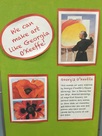 To remember the important sacrifices of our soldiers this Remembrance Day, our class made magnified red poppies that would have come from Flanders Fields. We made these flowers in the style of Georgia O’Keeffe, who we learned about this week in Art. Georgia O’Keeffe is famous for her magnified, detailed approach to portraying flowers. You can watch the videos below to learn more about Georgia O'Keeffe and her flower art.
With Fall Break just around the corner, the students planned some imaginary vacations this week to Canadian communities. They tried to include details that would educate their readers about the community of their choice, and imagined what it would like to be in that location with the geography, climate, and available activities. Take a look below at their travelogues!
2B is working on comparing numbers in Math these days, and we’ve been busy comparing unequal and equal sets, talking about greater and less than, and using money to represent numbers. The photos below illustrate some of the fun we’ve been having!
2B was a flurry of playing magnetic games and toys this past Monday when students brought in their magnetic devices. It was neat to see the variety of ways in which magnets can be used practically, and the students did some excellent scientific problem-solving in the creating of their devices. The highlight was when the students of 2V visited our class to test out our creations. Needless to say, 2V had lots of fun with all the toys and games!
We received our ceramic art that we made in the pottery studios in St. Albert from last month, and the students enjoyed finishing up their pieces with some final touches this week. The students made a clay piece depicting a friend, and learned many clay techniques from our art teacher. After spending some time drying and being fired in a kiln, 2B was thrilled to see how well their finished pieces turned out!
|
Mrs. BarkerMrs. Barker is a grade three teacher at Millgrove School. She loves science and reading, and lives in a little brick house with Mr. Barker and her kids Jack and Ellie. Archive
April 2024
Categories
All
|
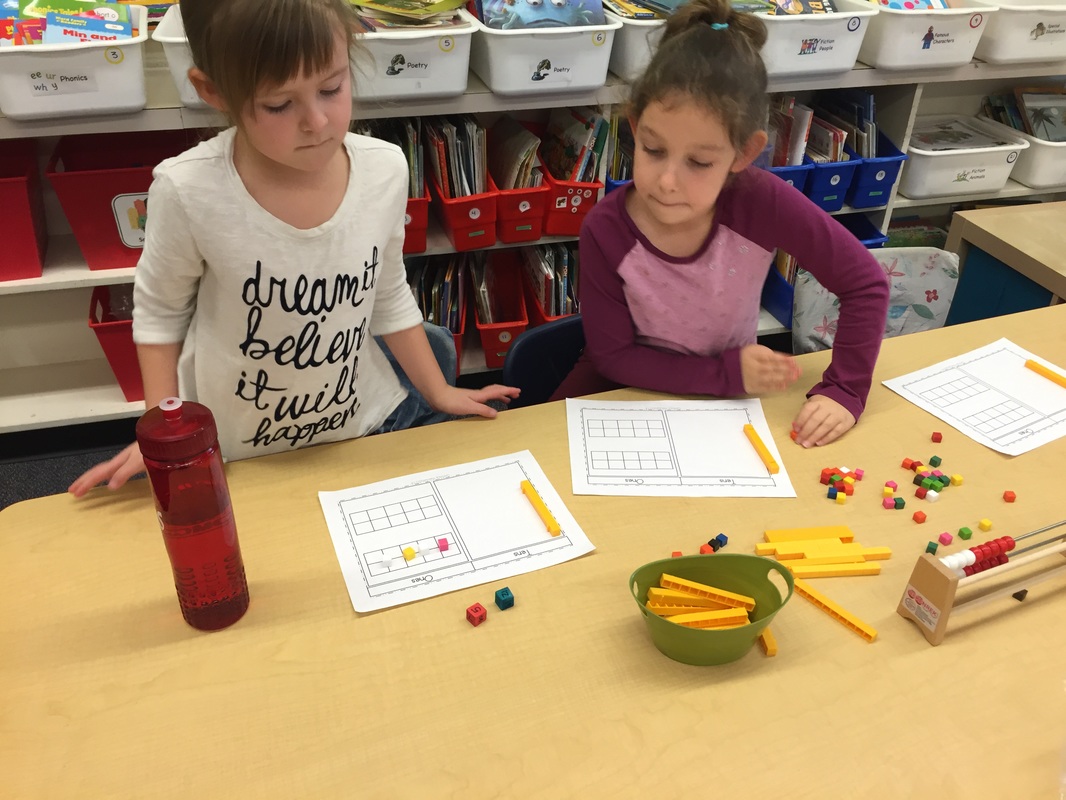
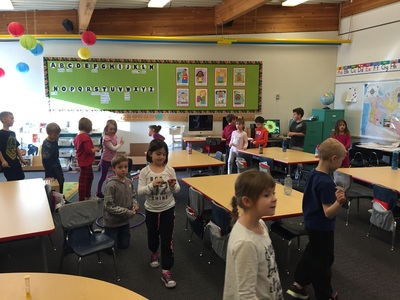
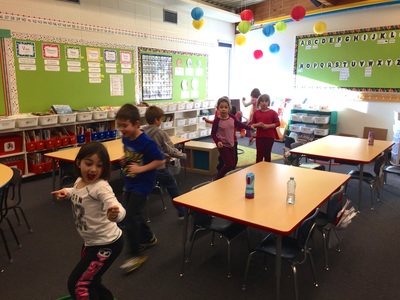
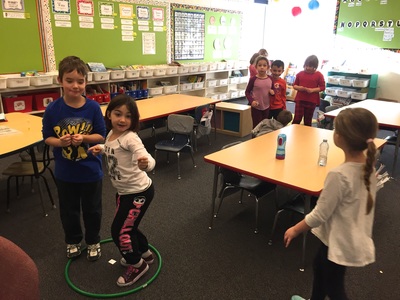
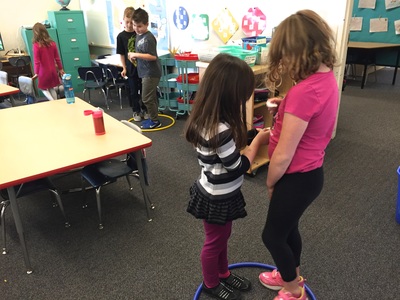
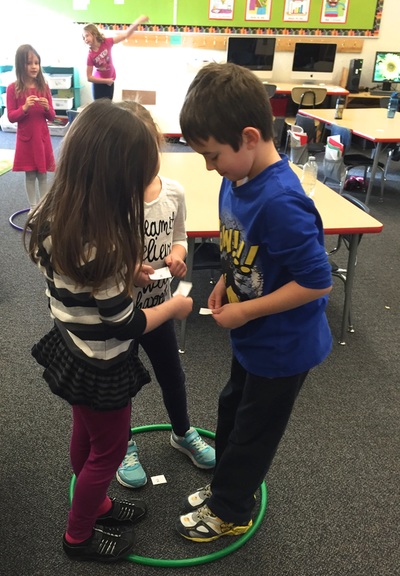
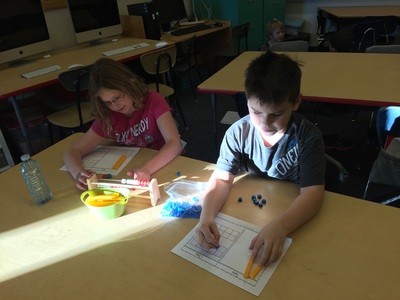
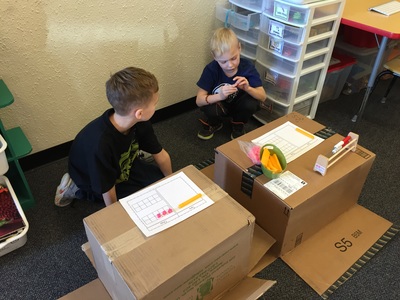
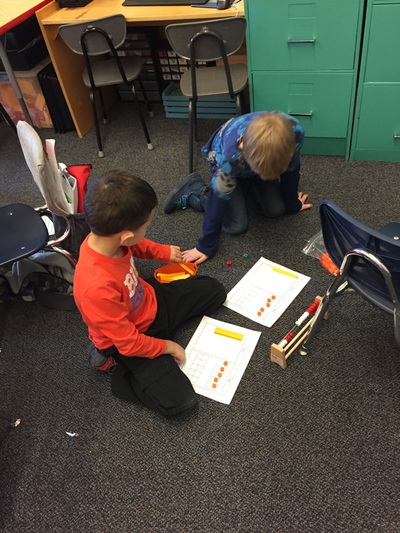
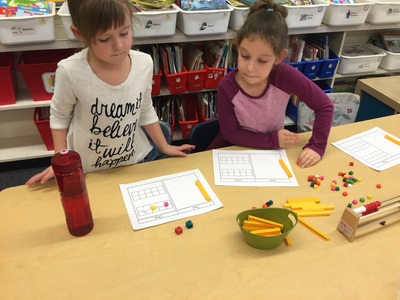
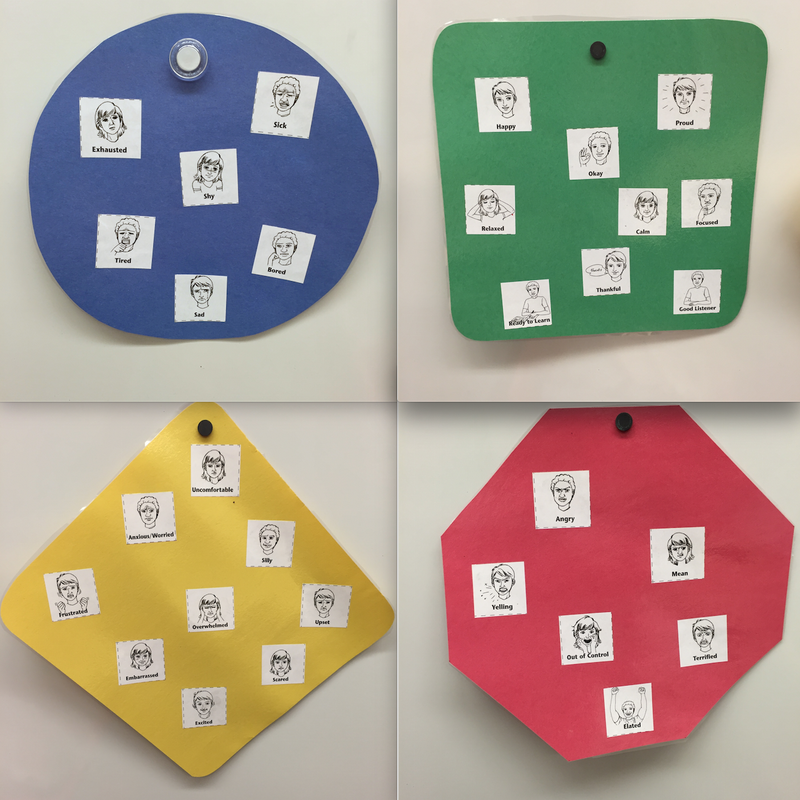
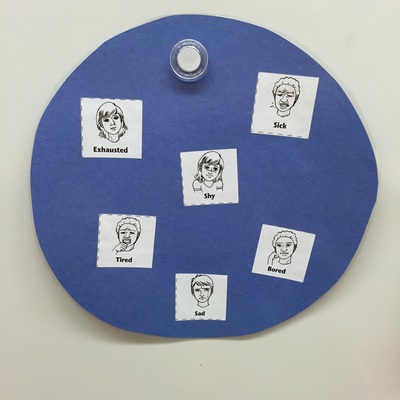
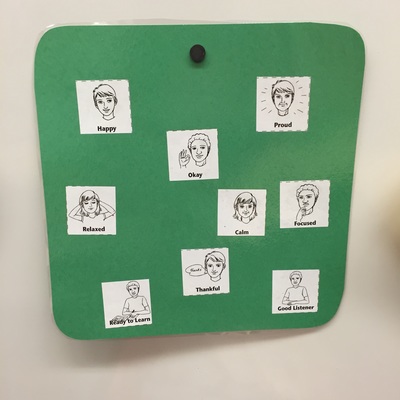
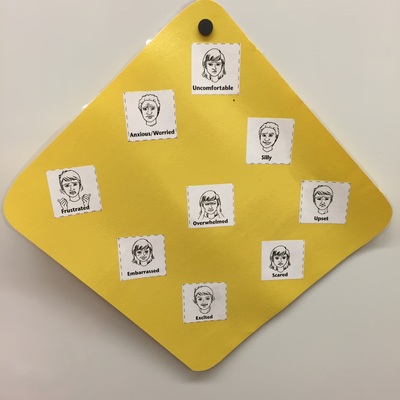
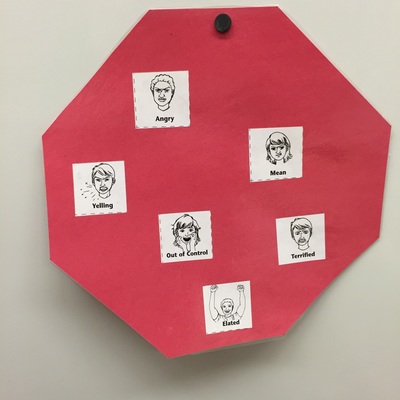
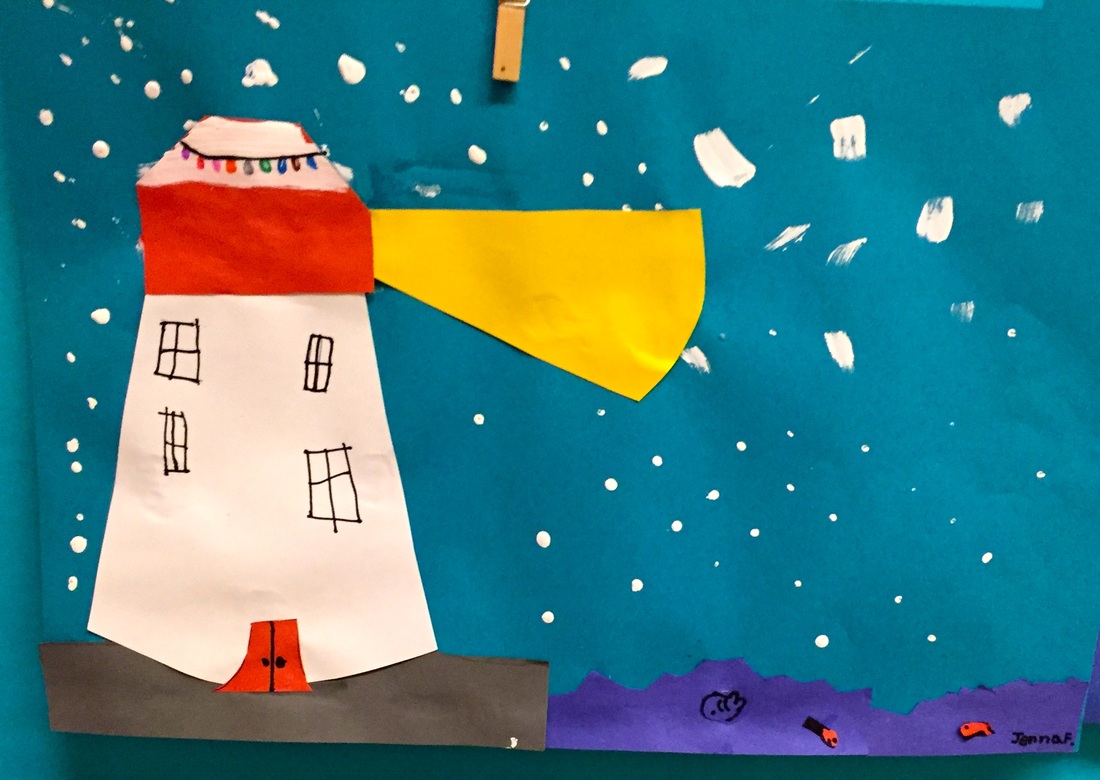
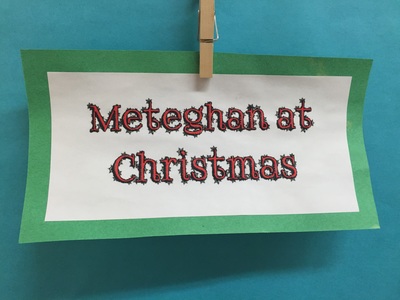
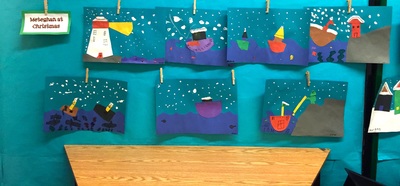
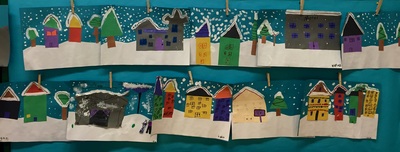
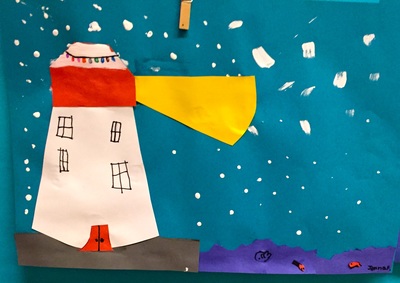
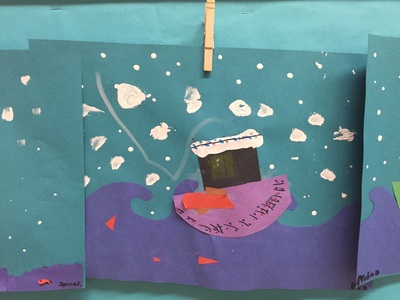
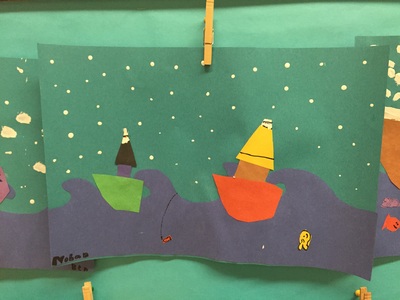
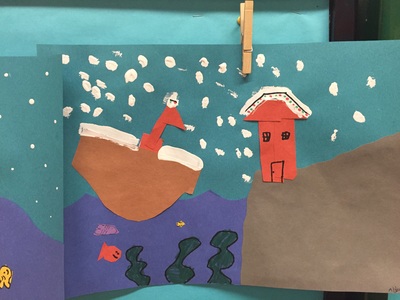
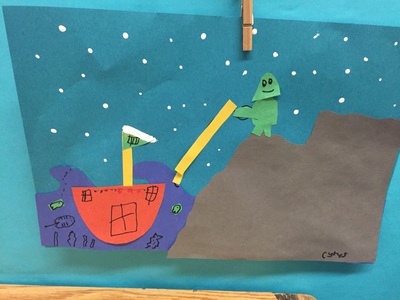
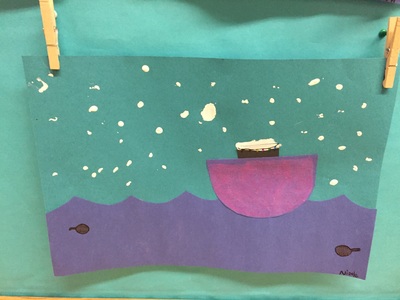
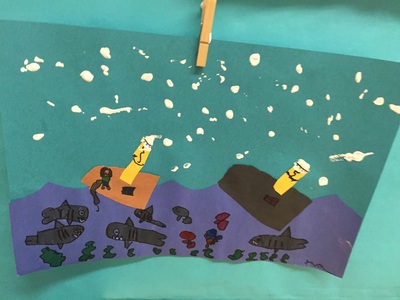
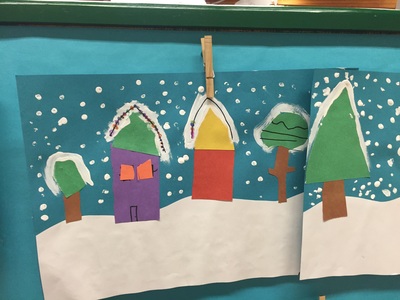
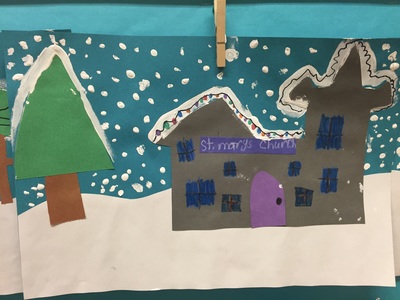
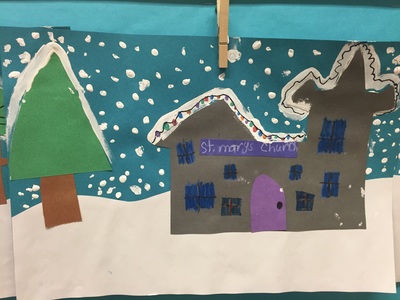
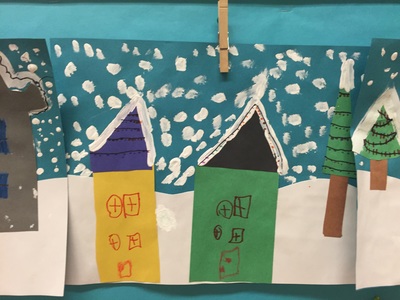
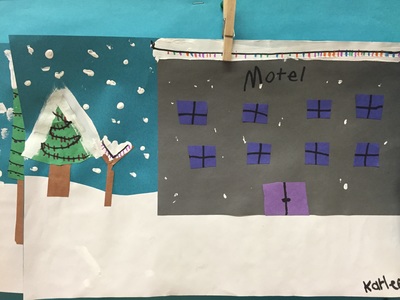
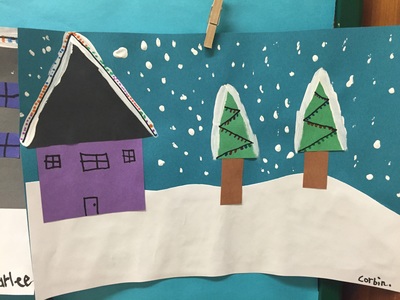
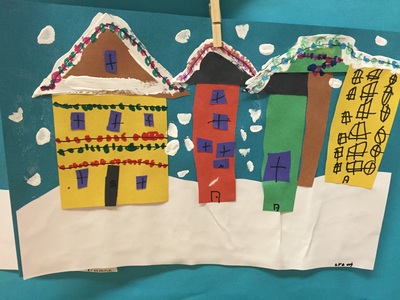
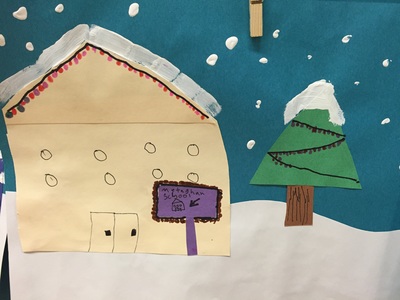
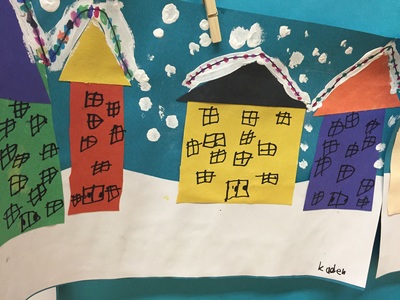
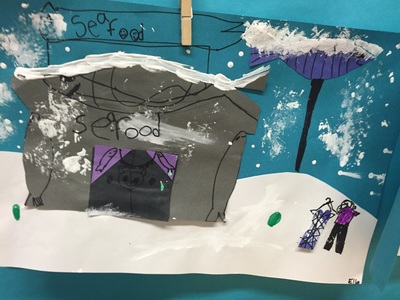
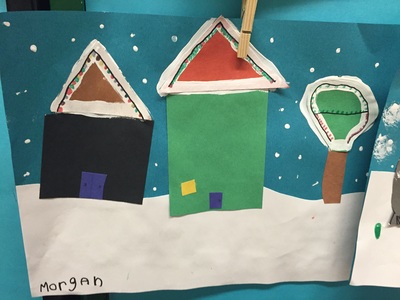
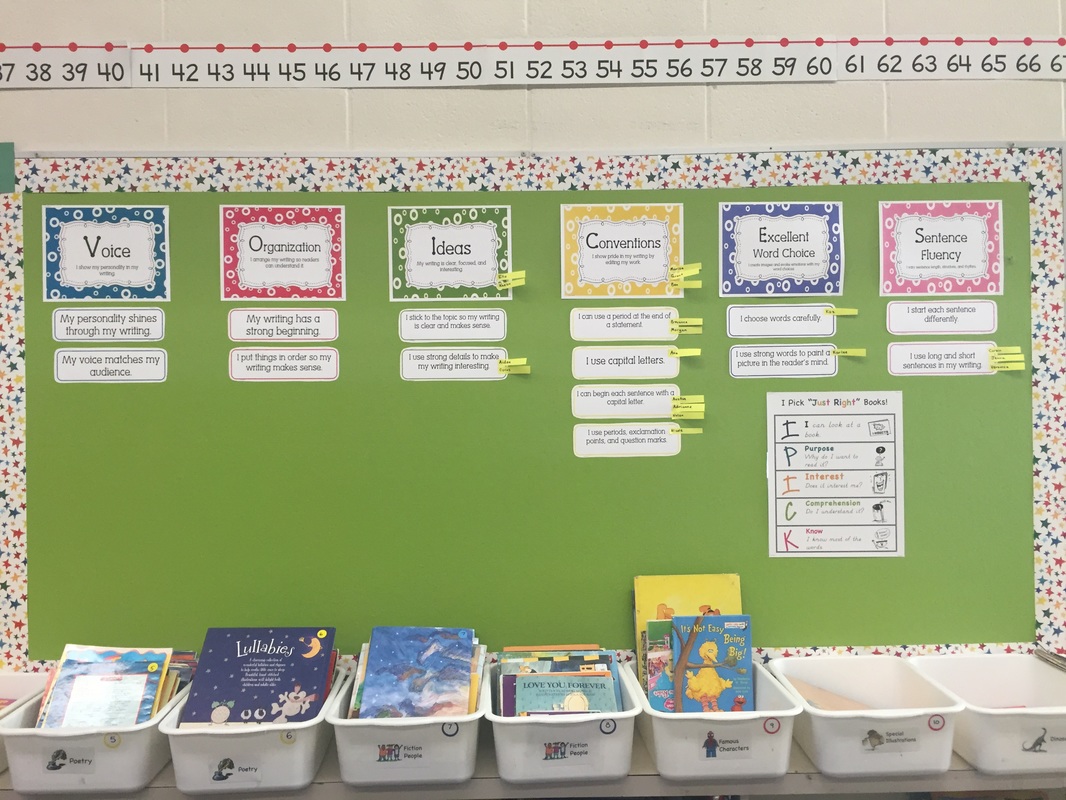
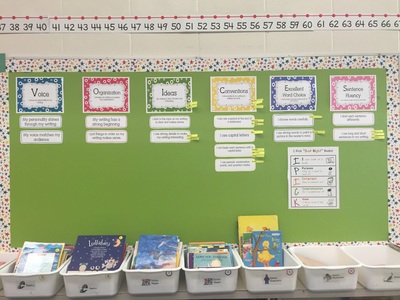
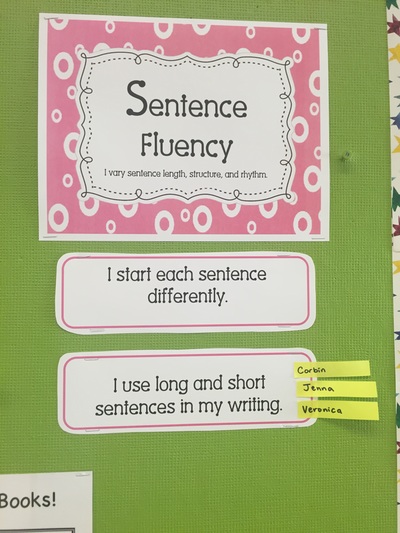

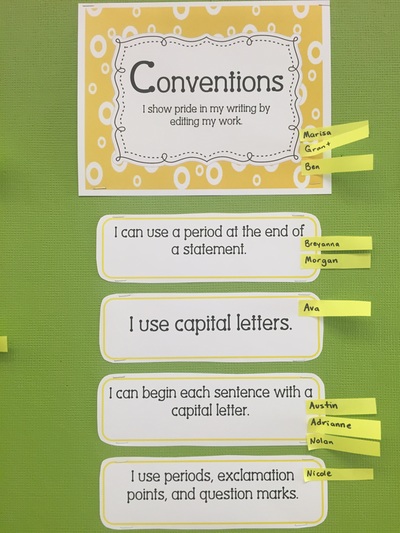
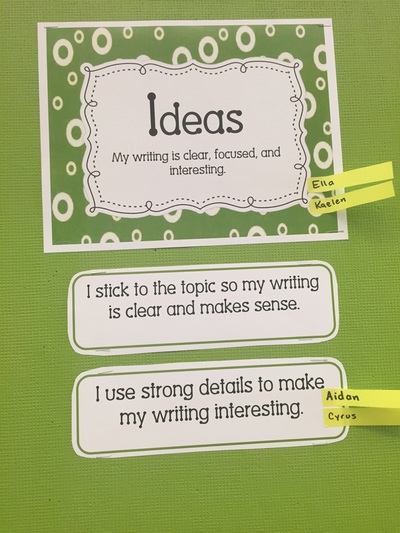
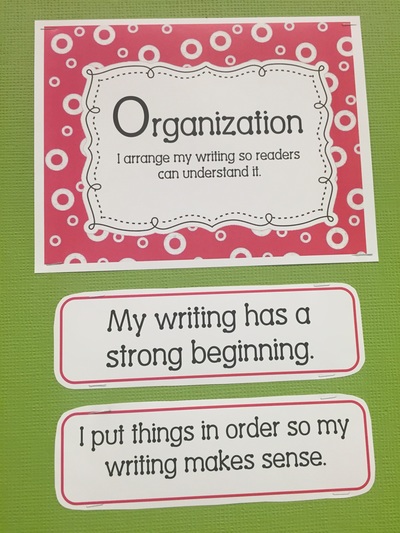
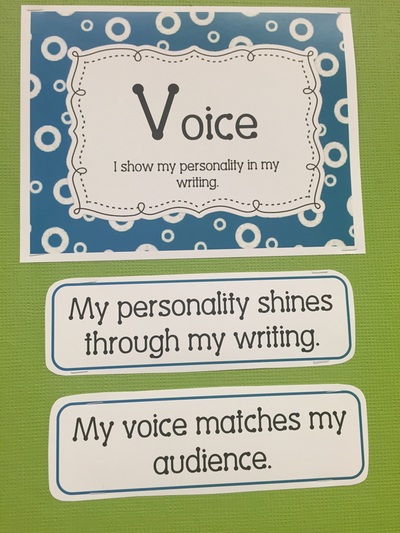
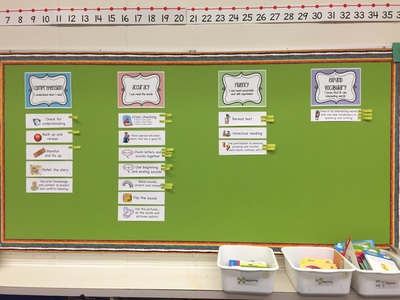
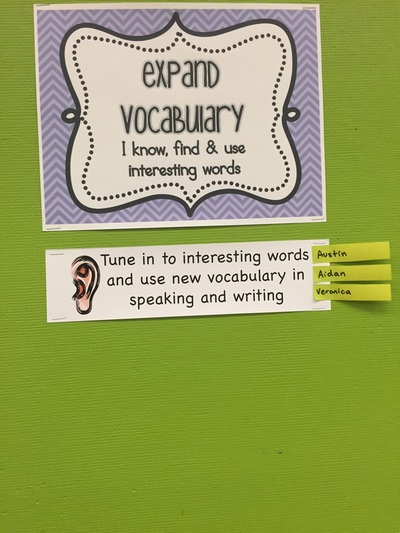
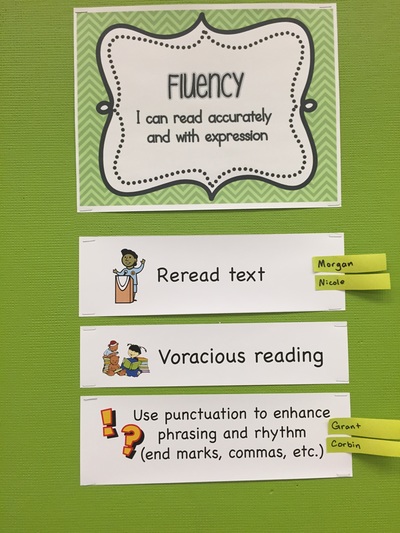
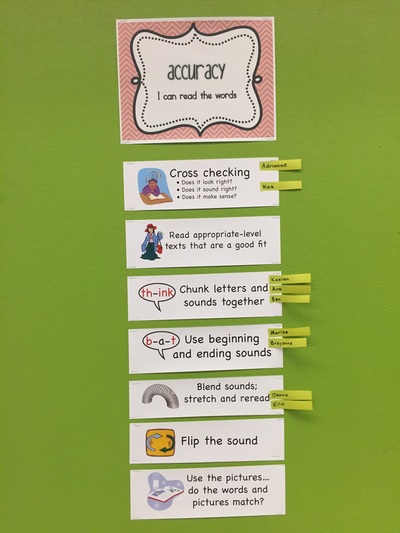
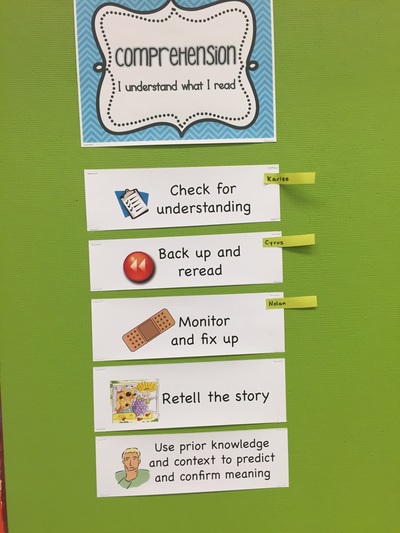
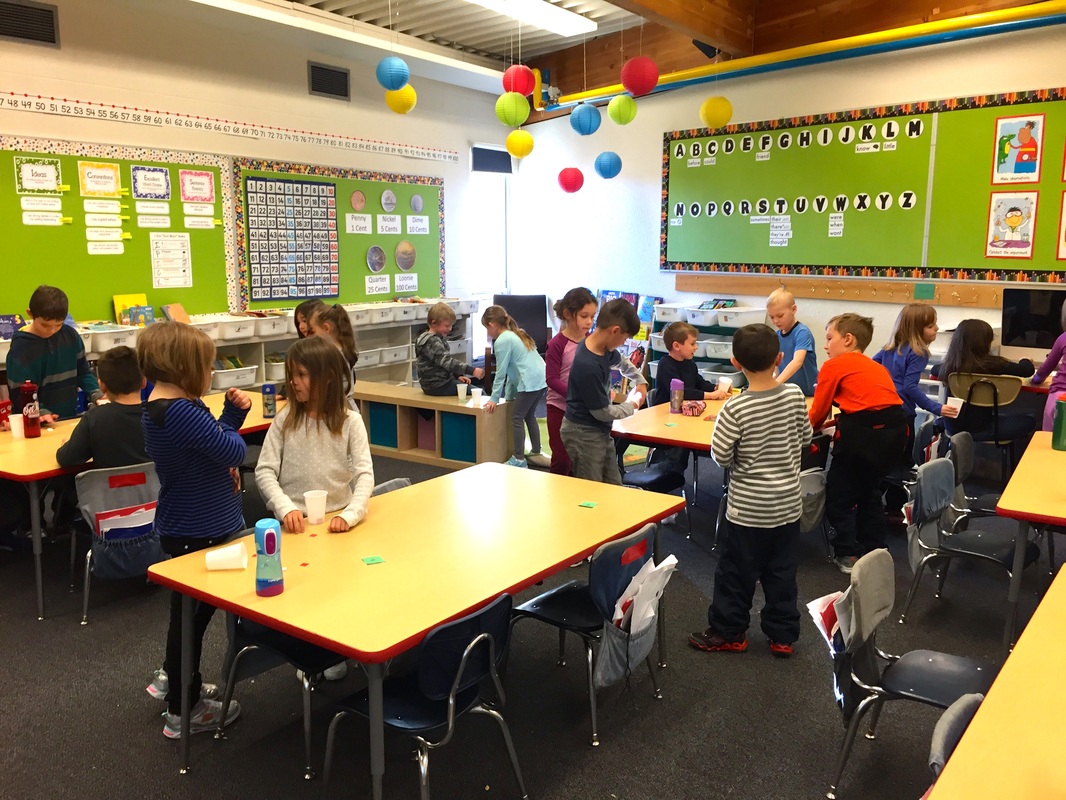
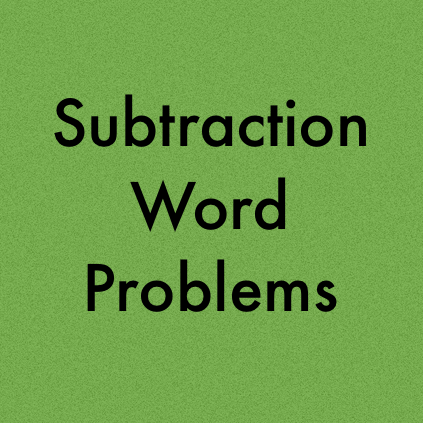


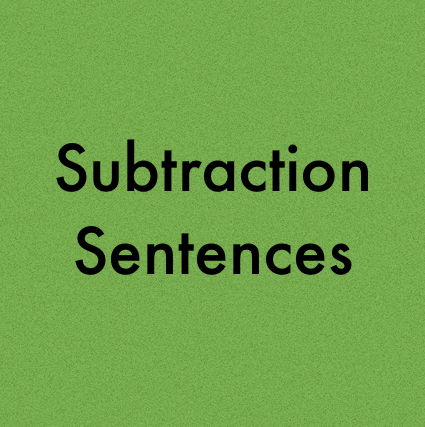
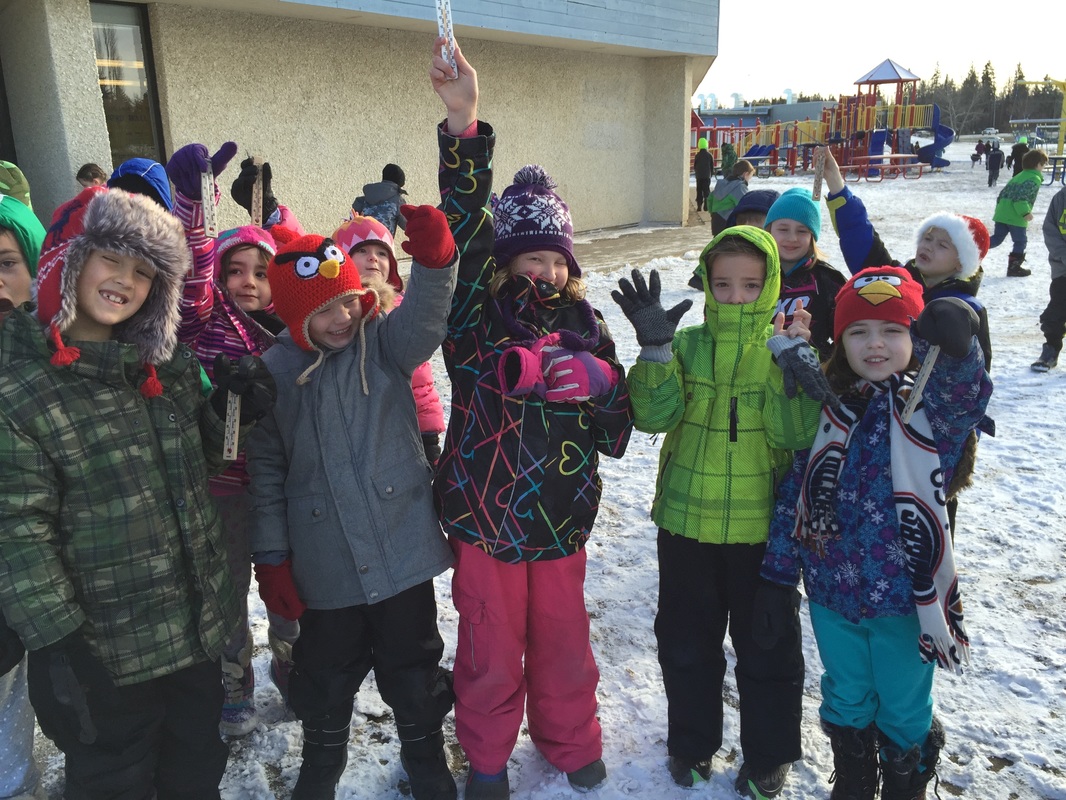
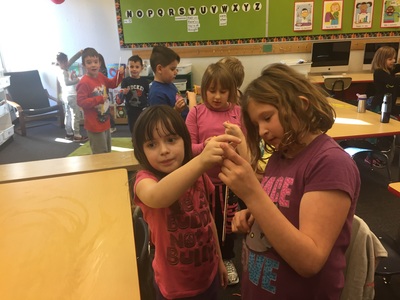
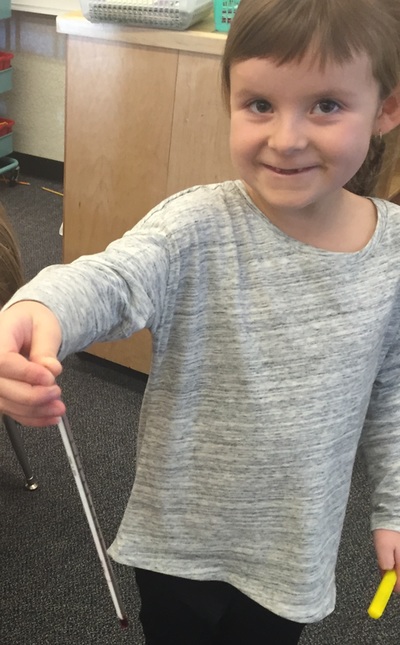
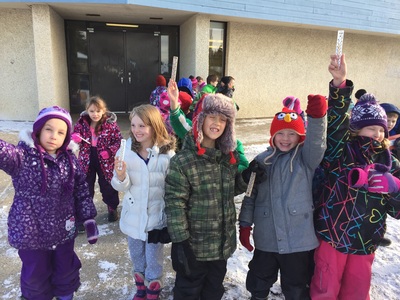
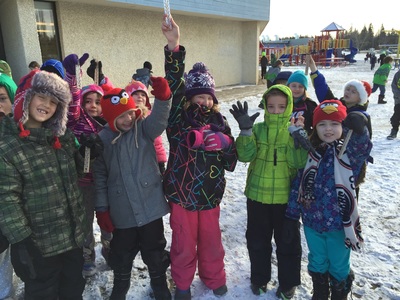
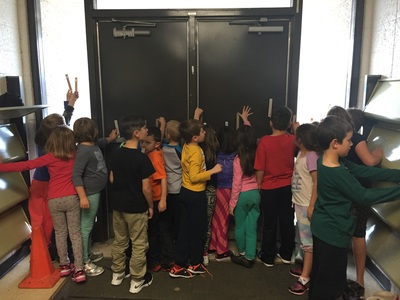
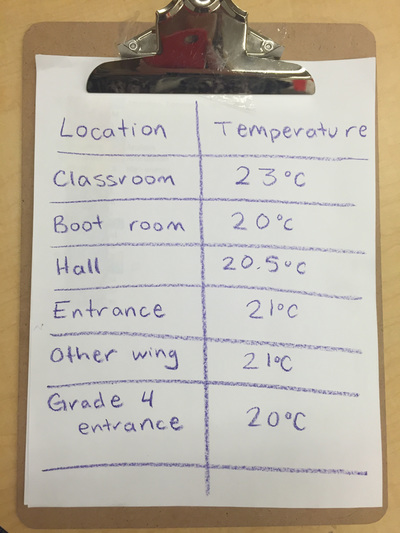
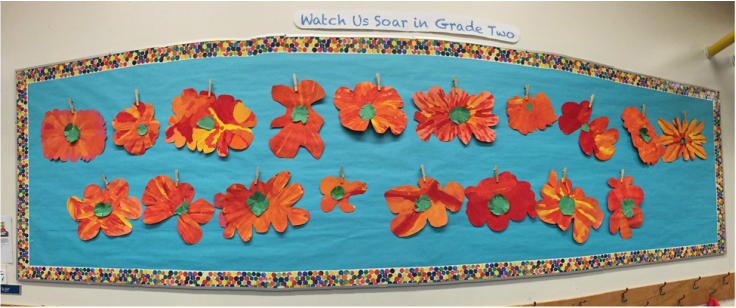
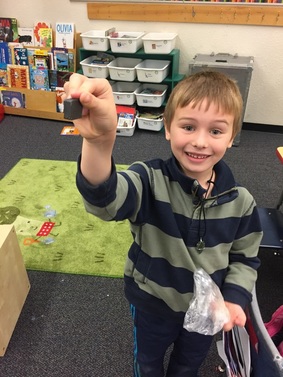
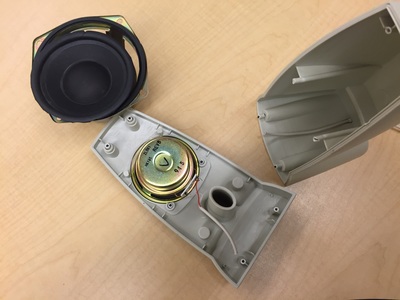
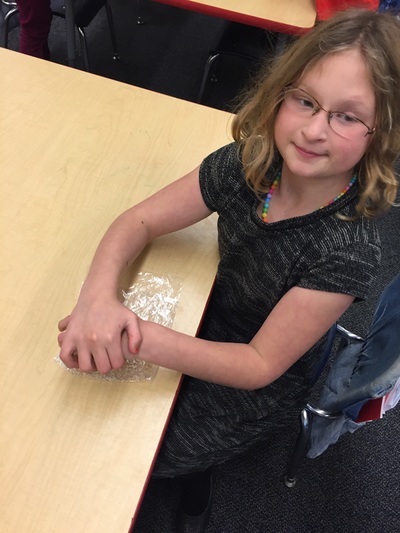
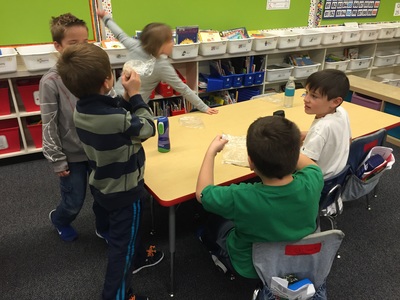
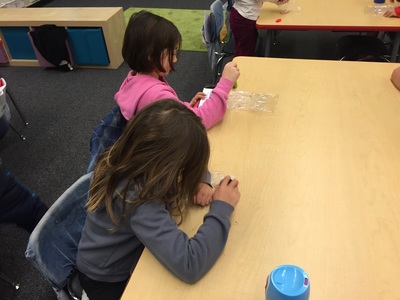
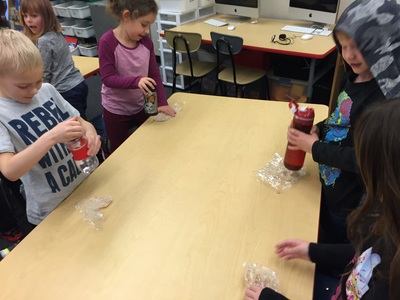
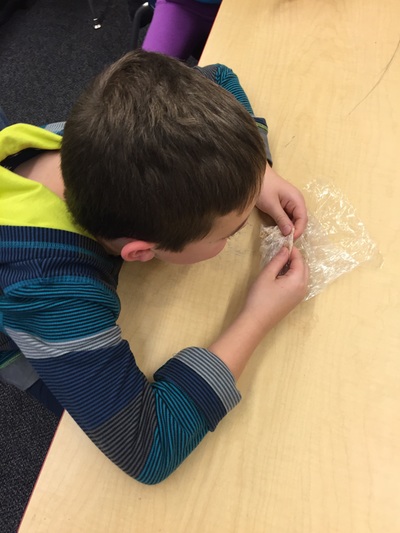
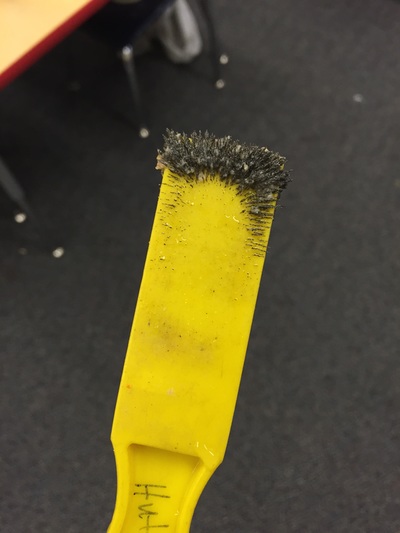
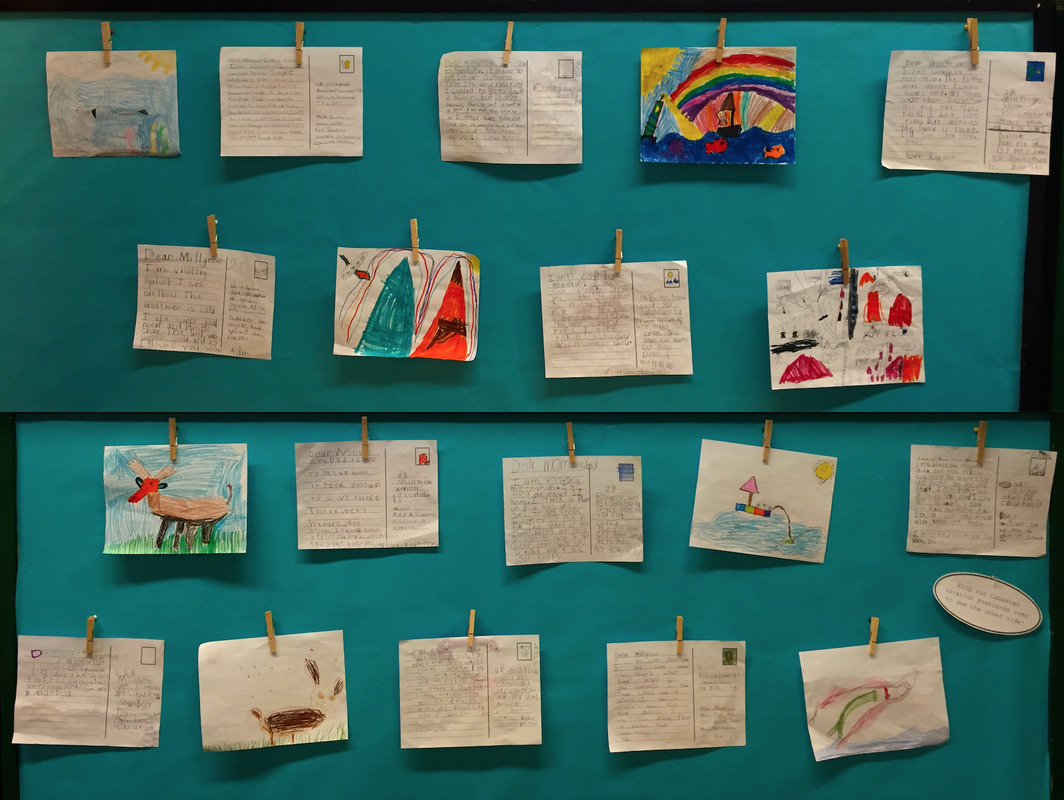
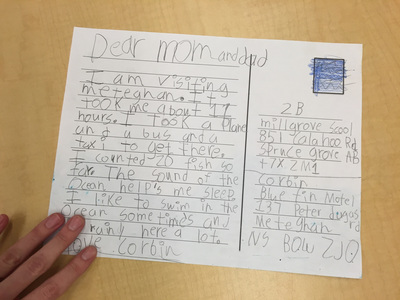
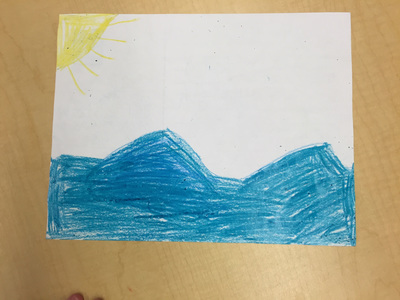
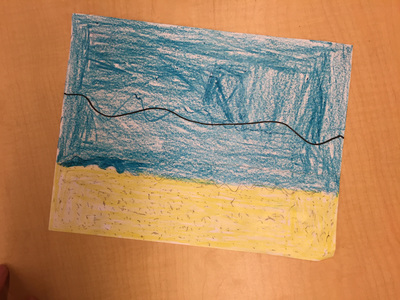
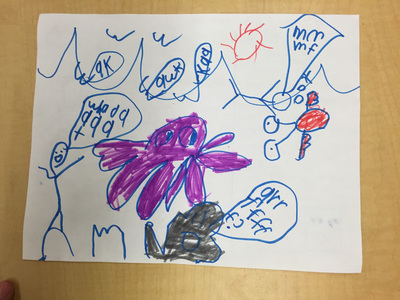
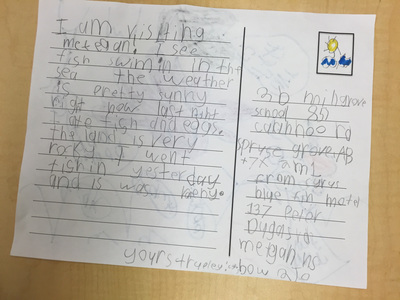
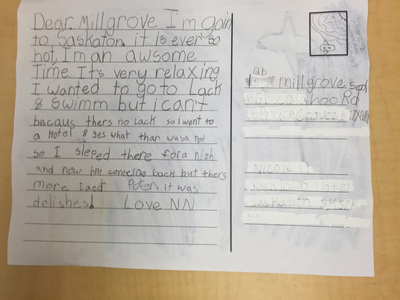
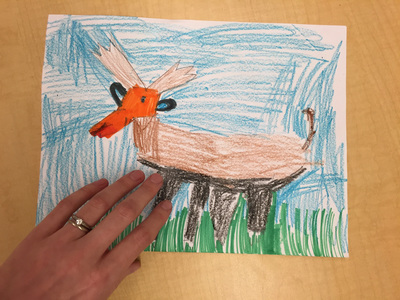
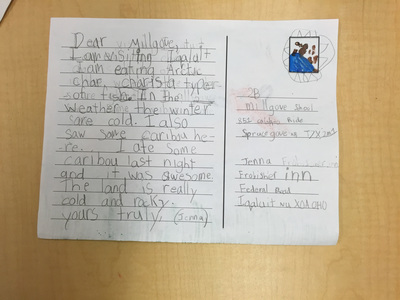
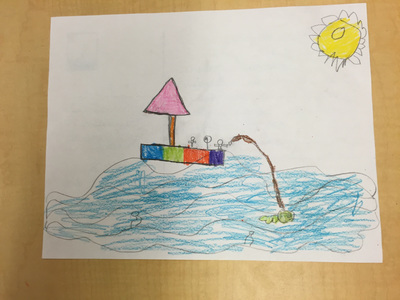
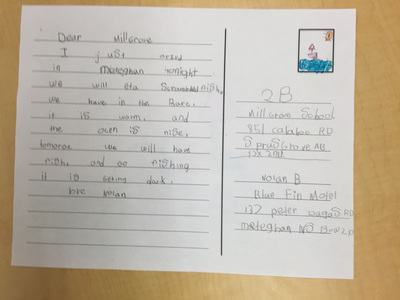
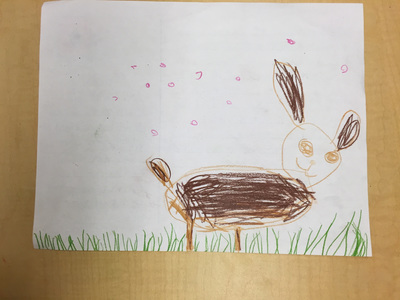
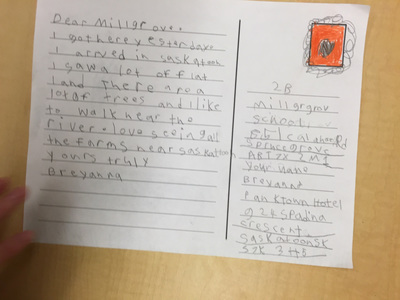
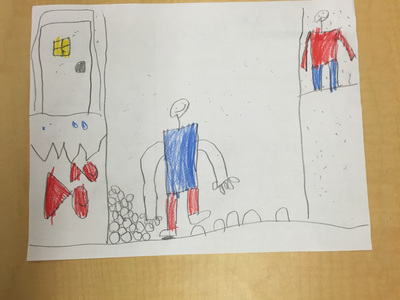
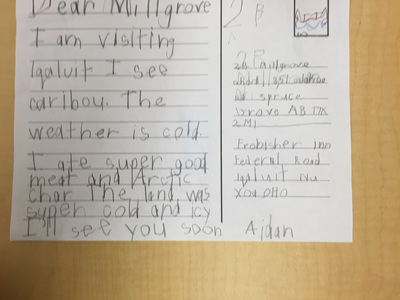
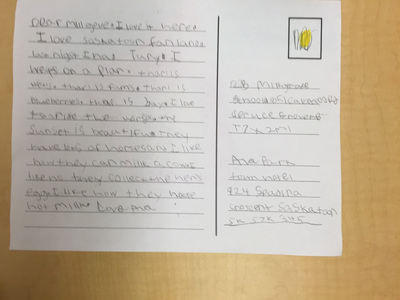
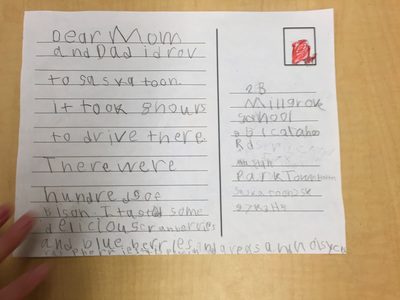
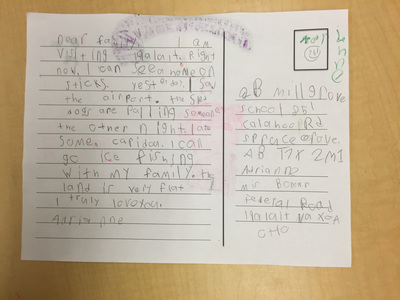
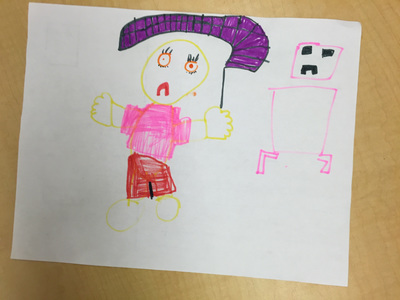
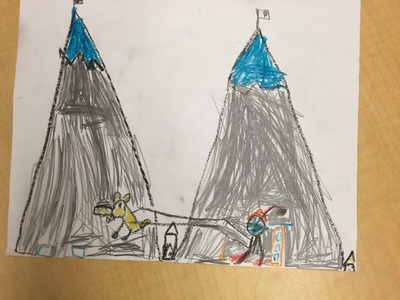
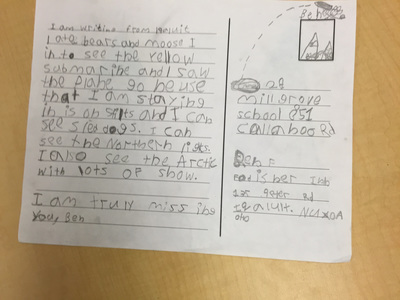
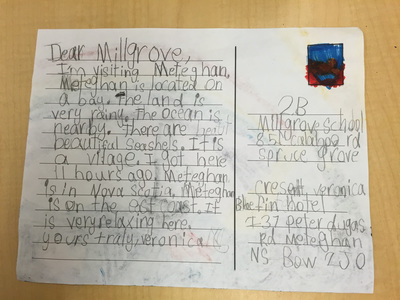
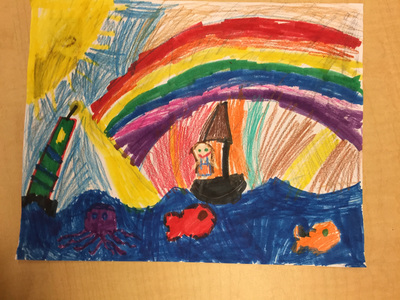
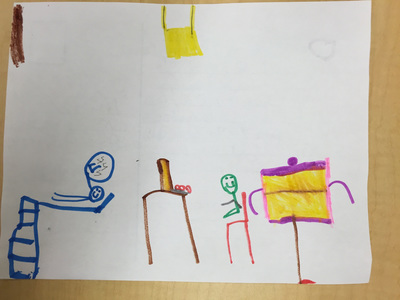
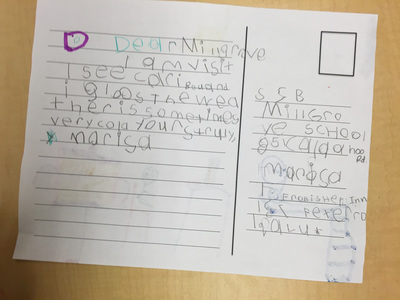
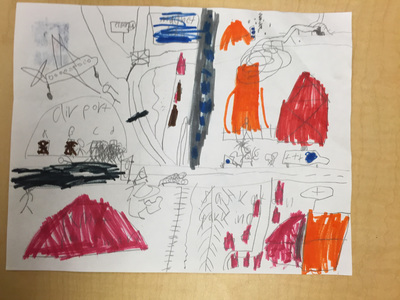
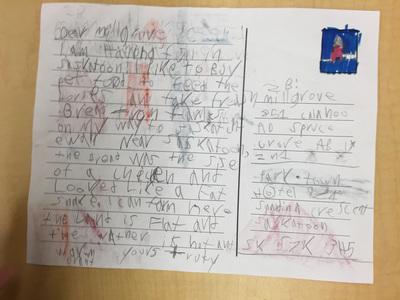

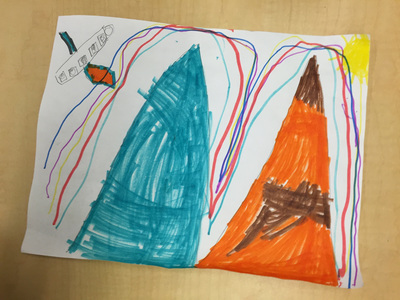
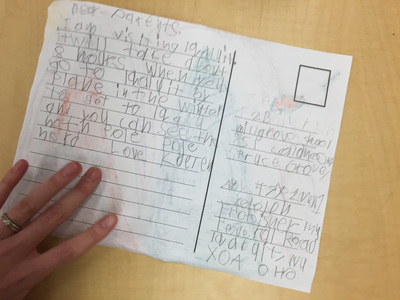
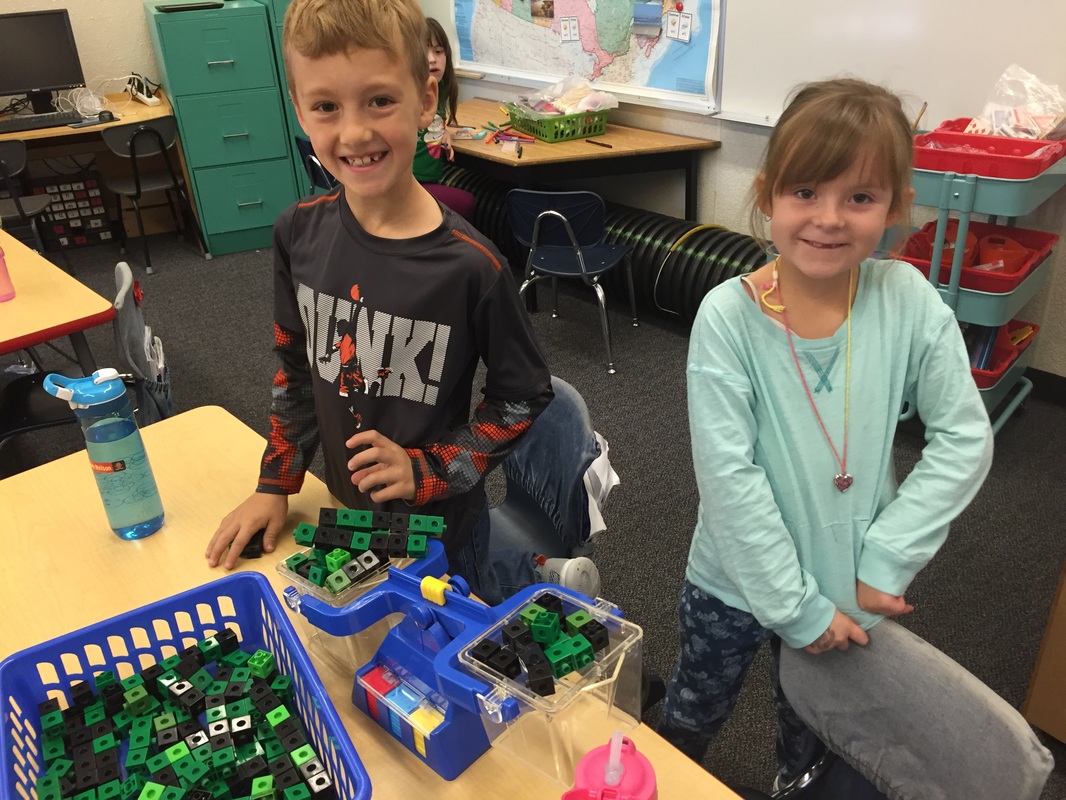
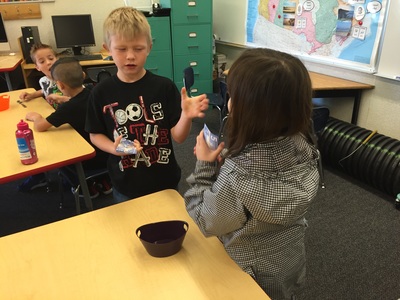
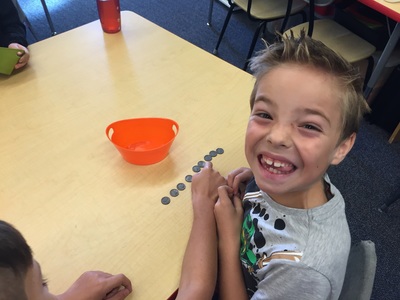
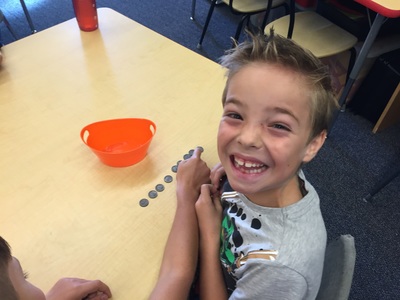
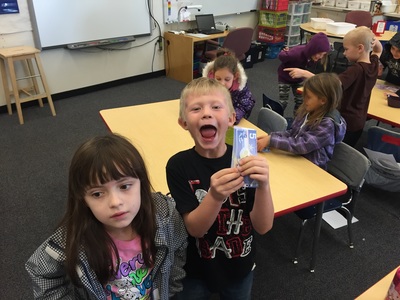
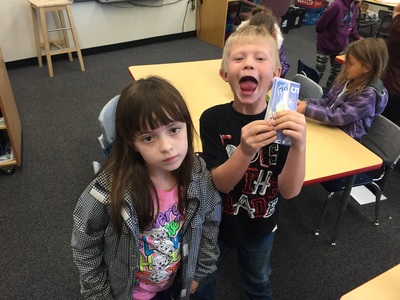
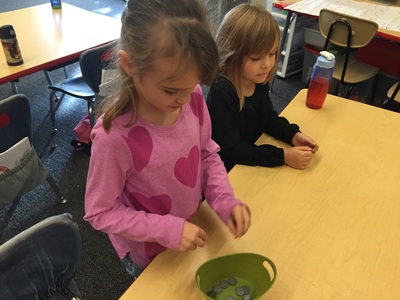
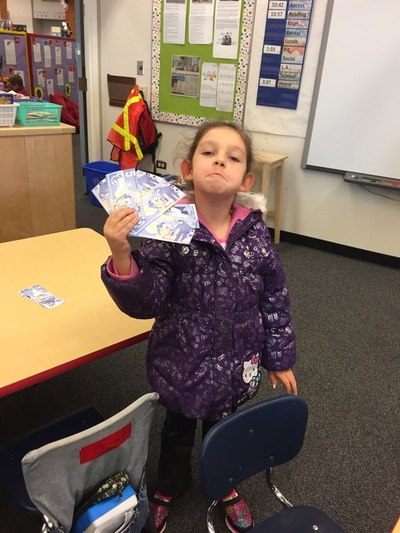
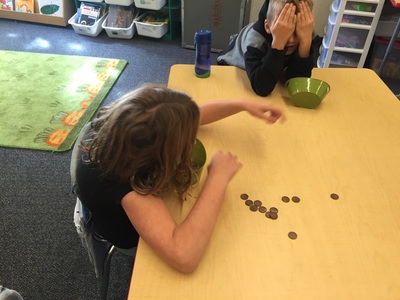
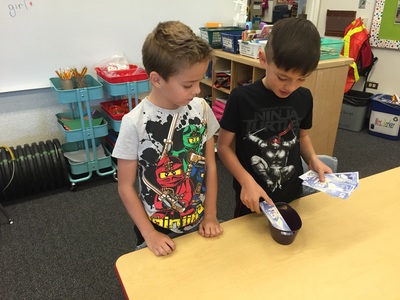
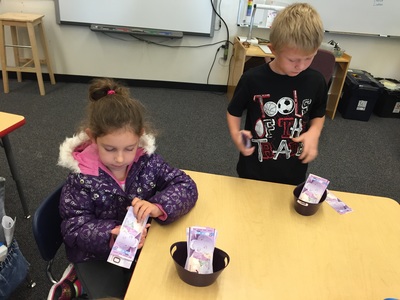
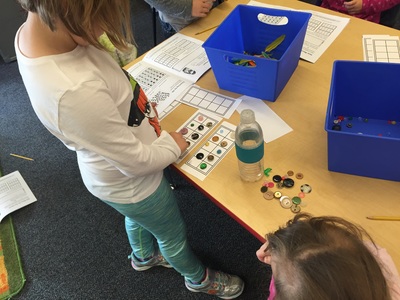
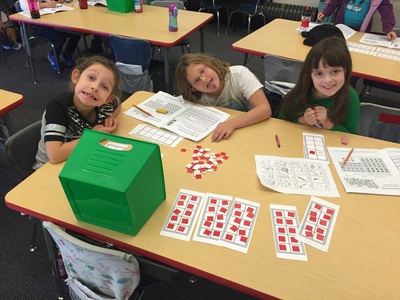
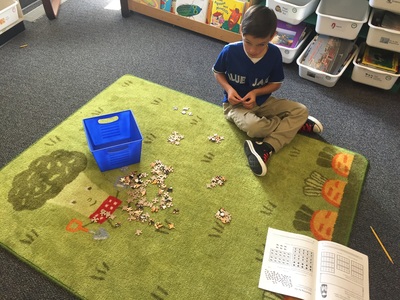
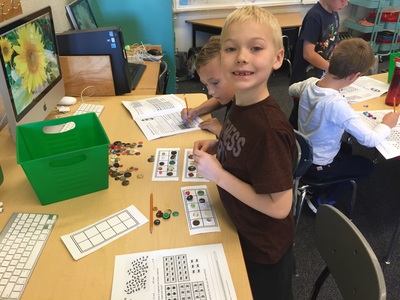
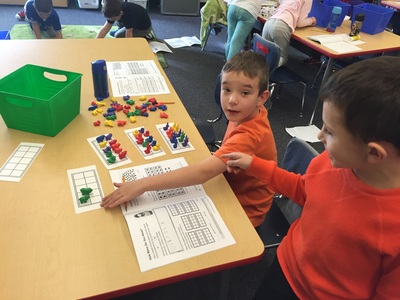
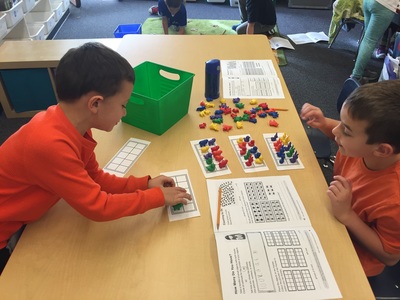
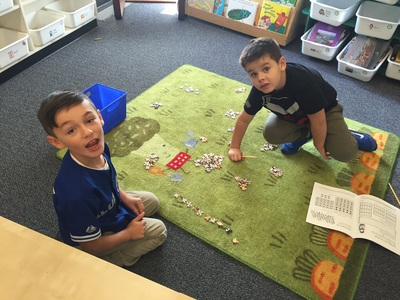
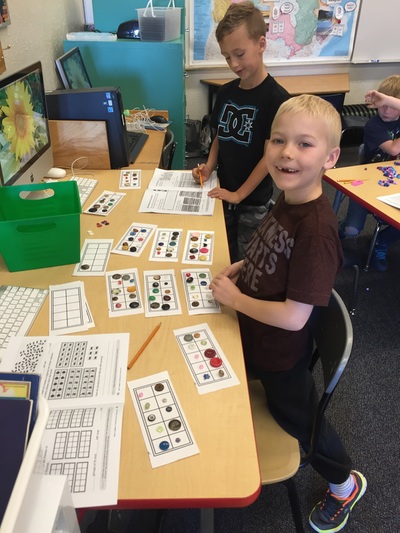
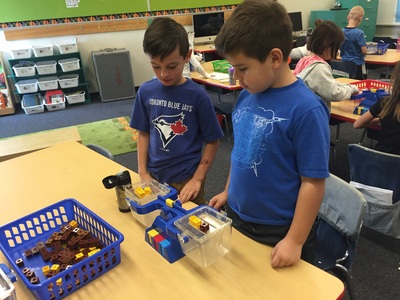
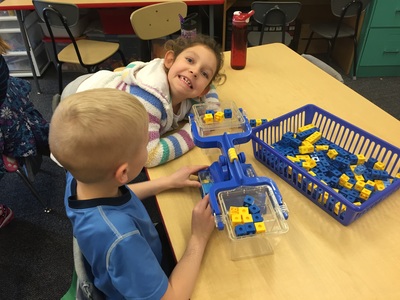
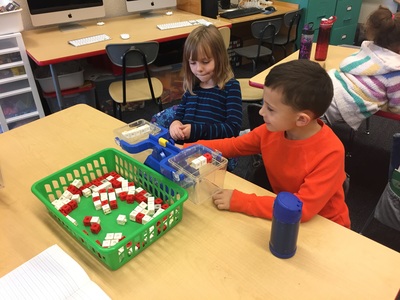
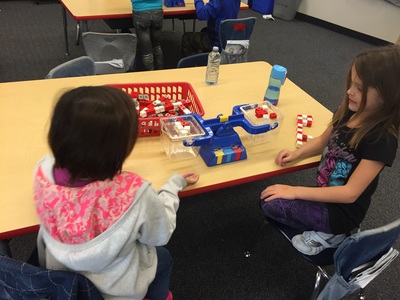
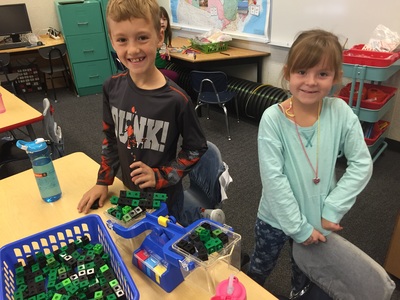
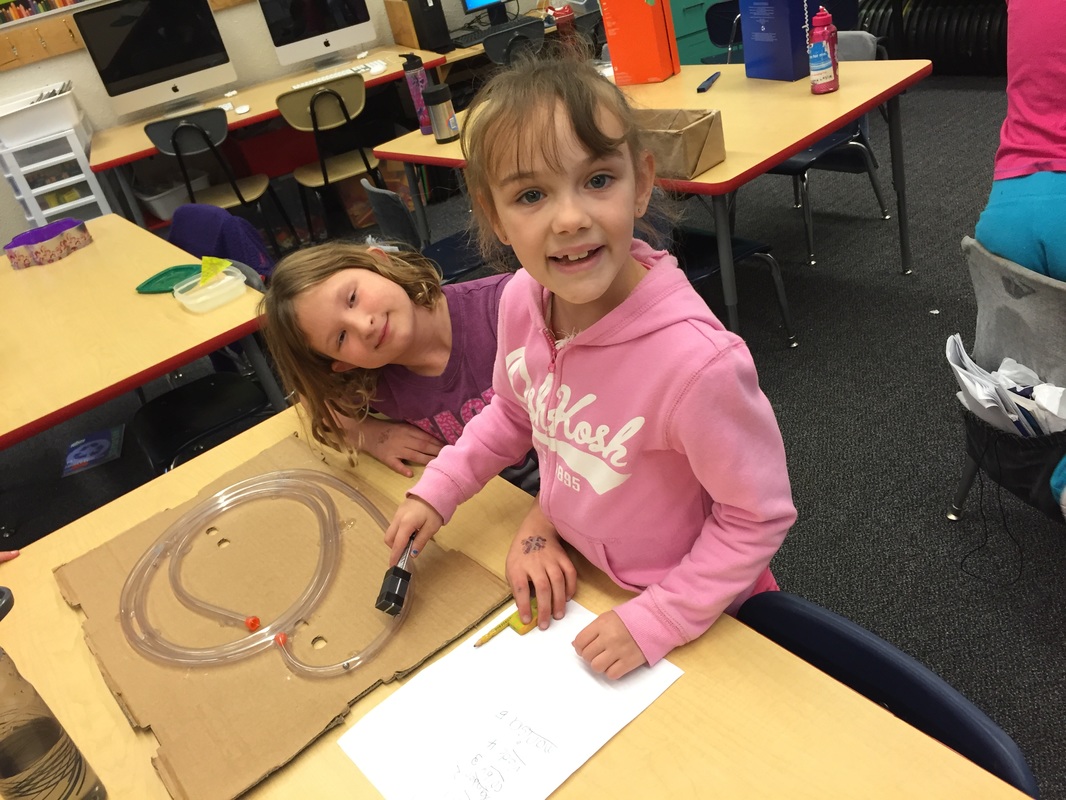

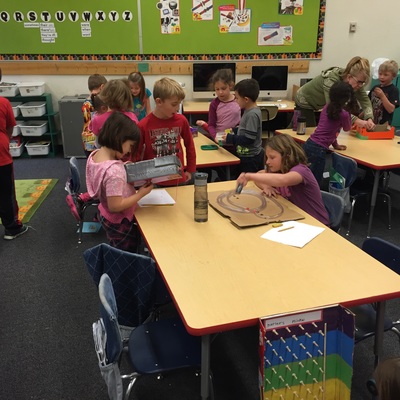
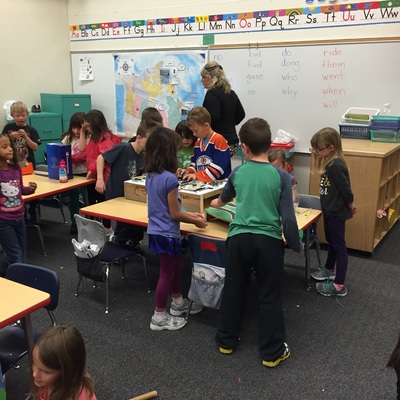
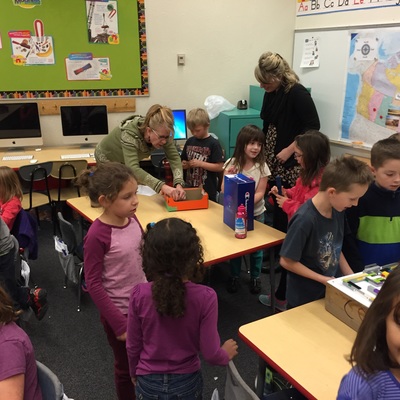
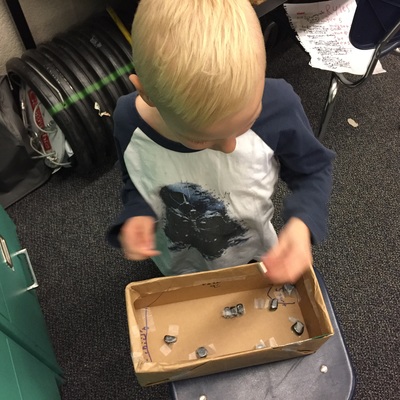
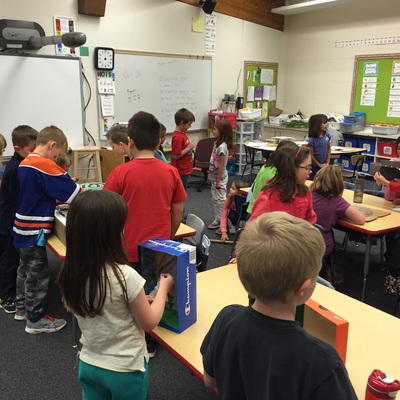


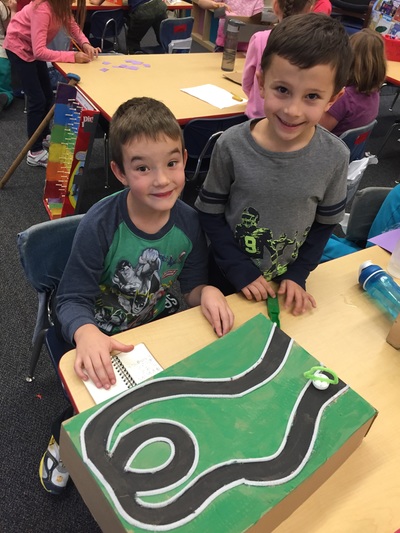
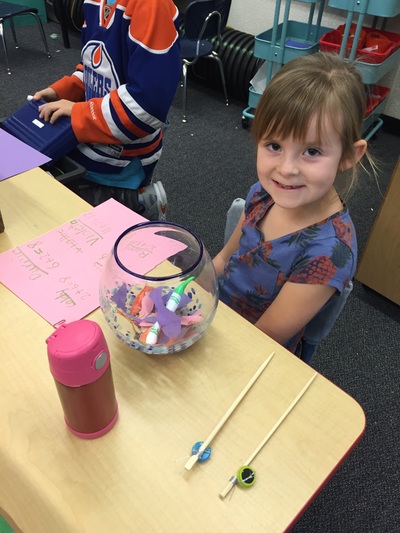
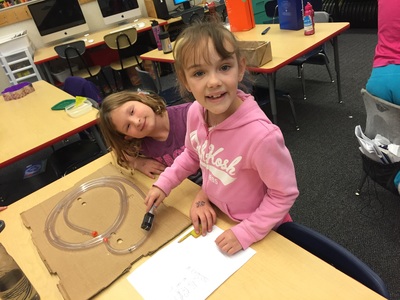
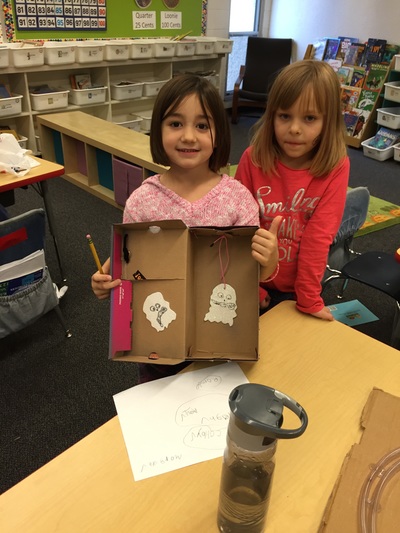
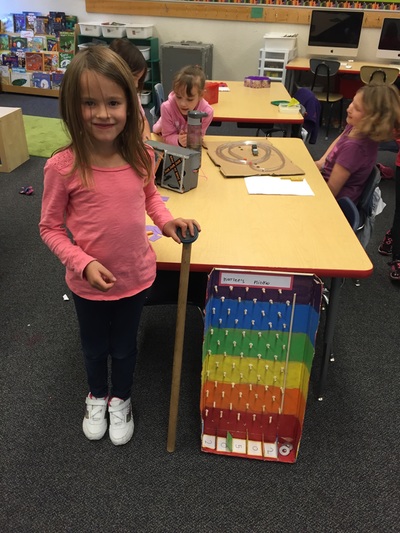
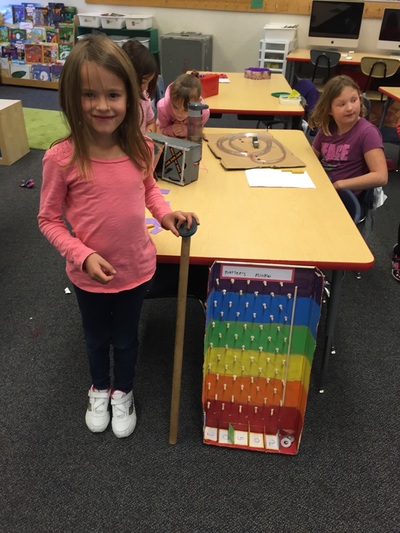
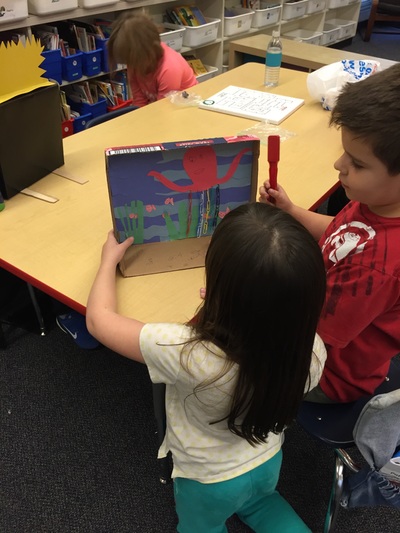
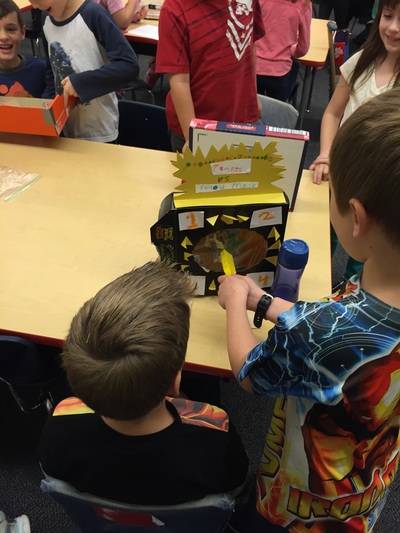
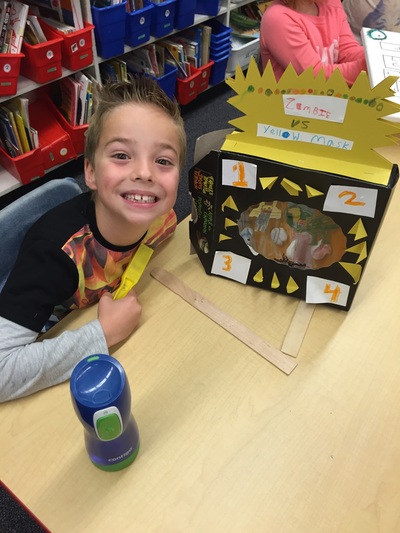
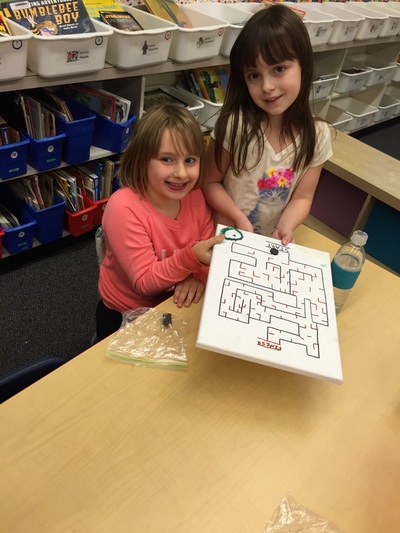
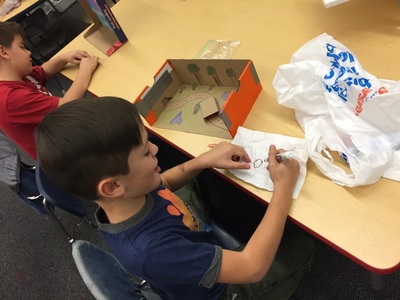

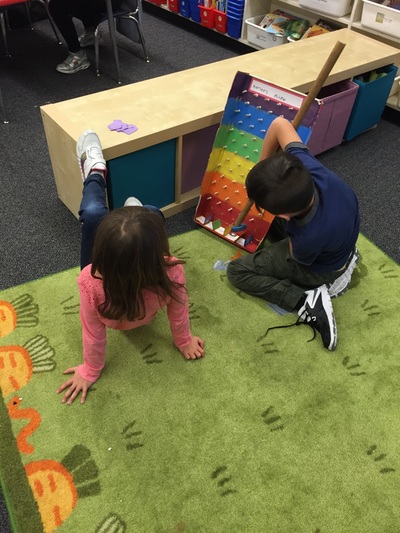
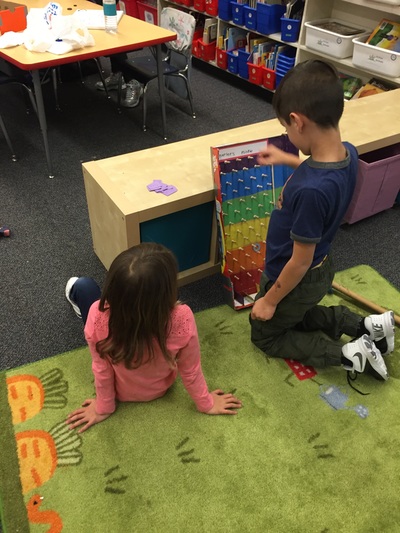
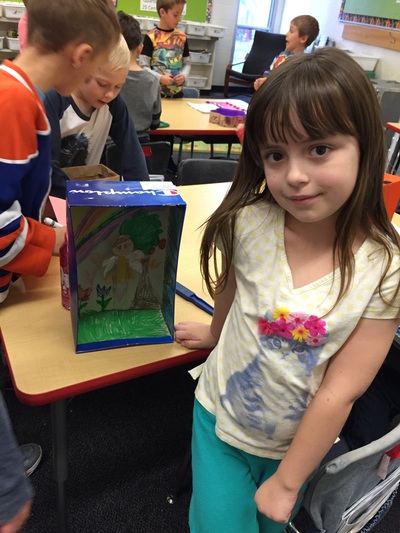
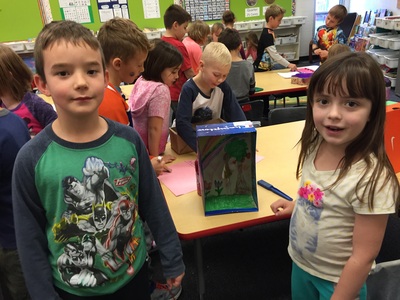
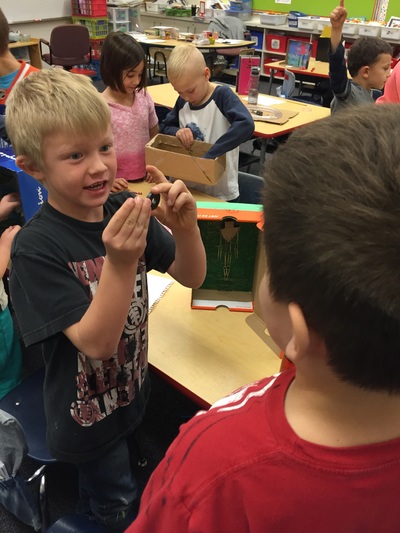
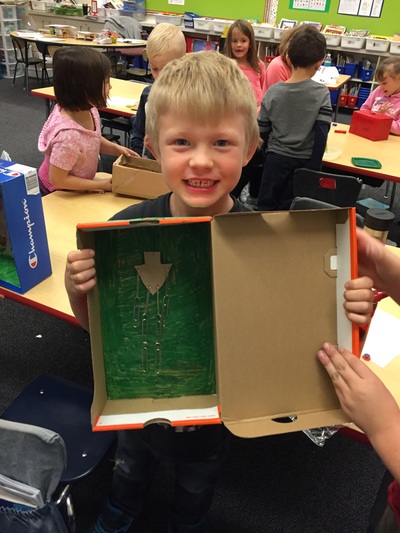
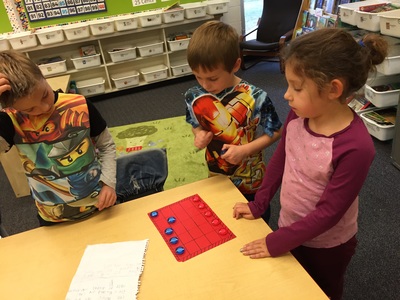
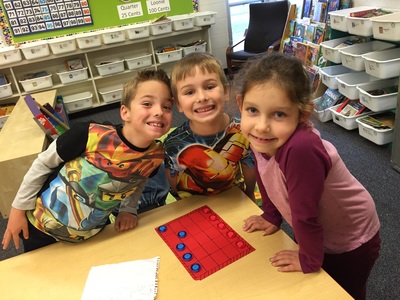
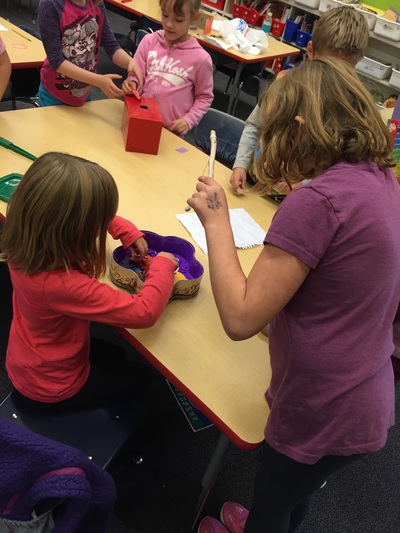
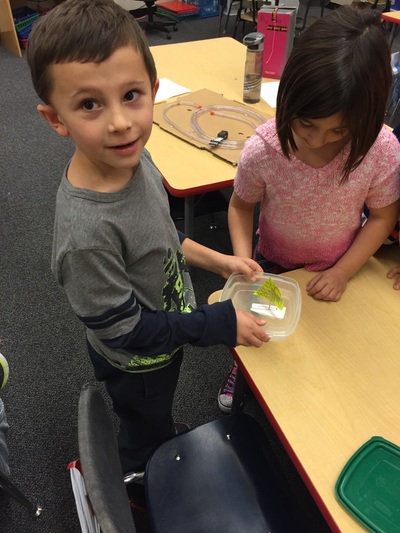
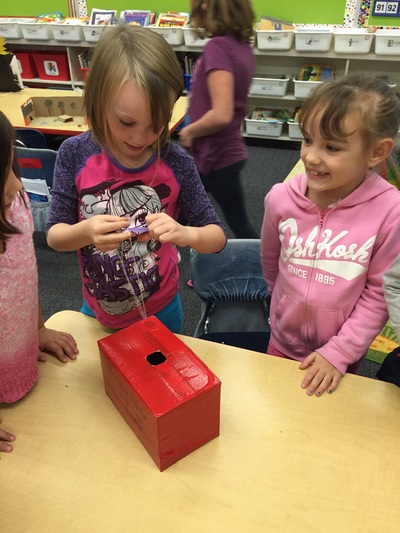
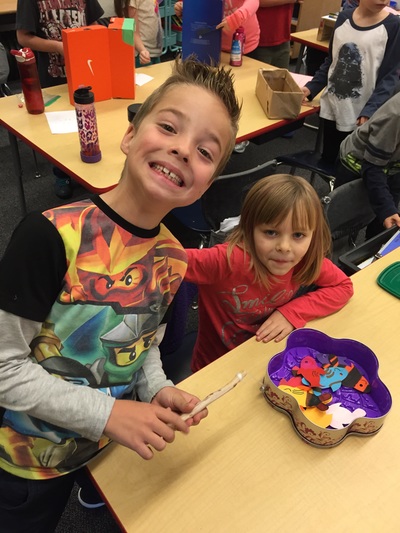

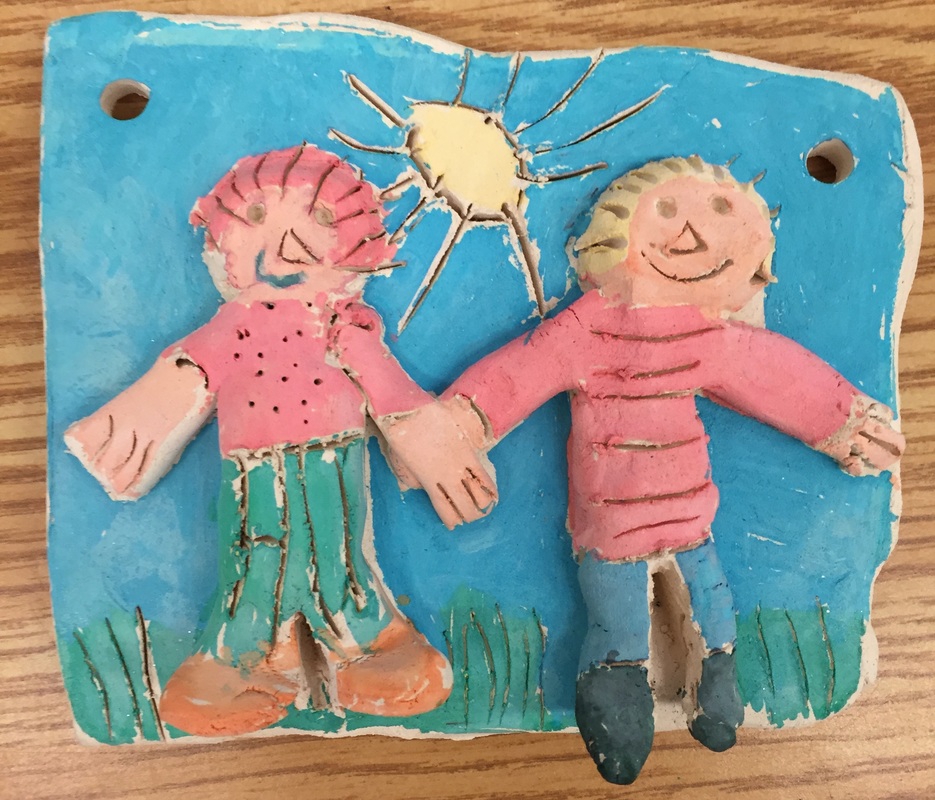
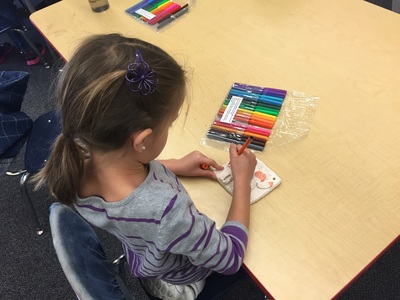
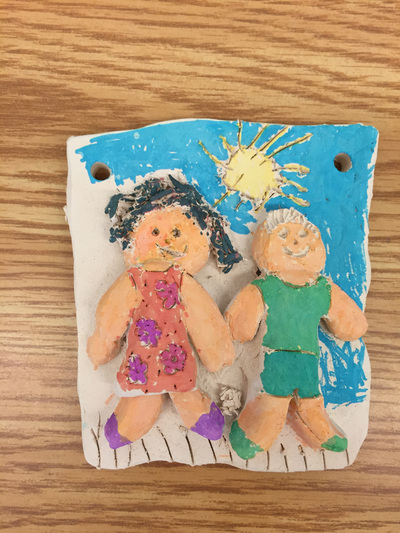
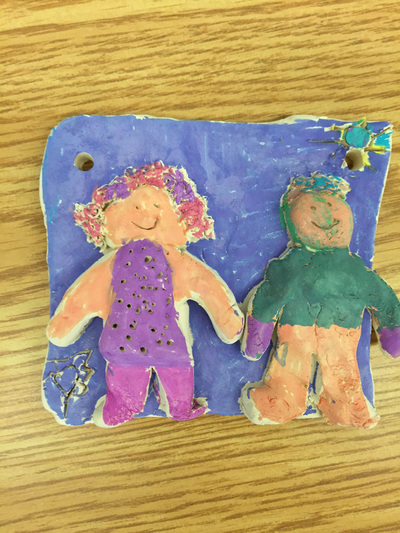
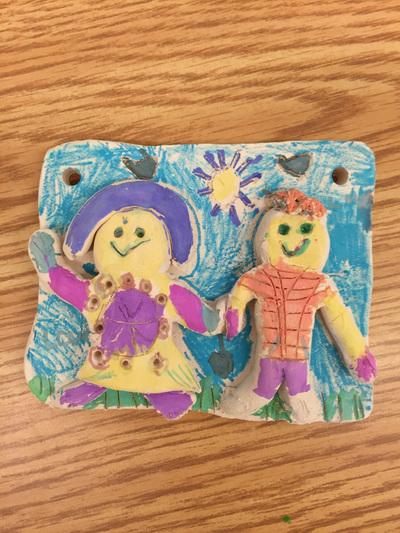
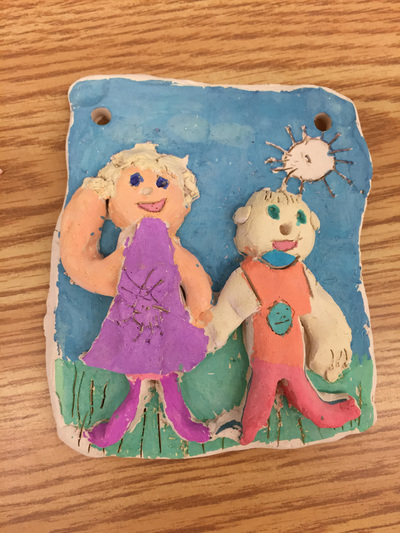
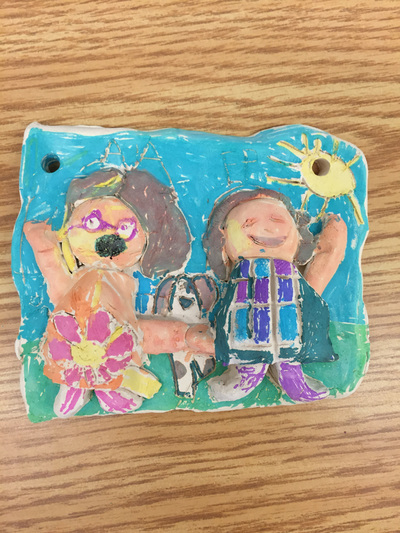
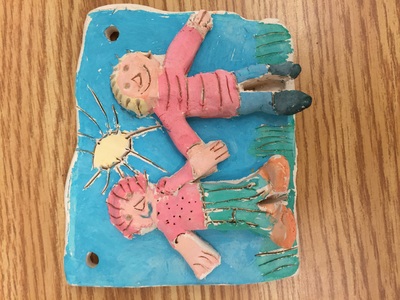
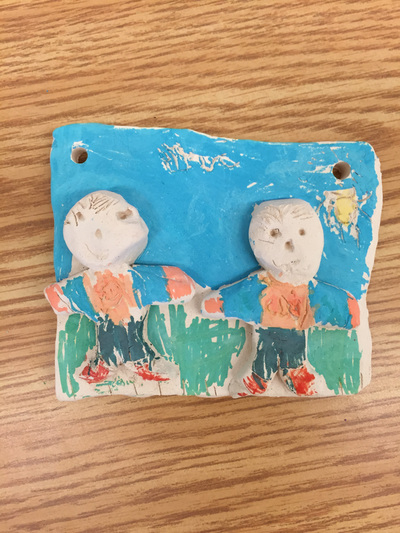
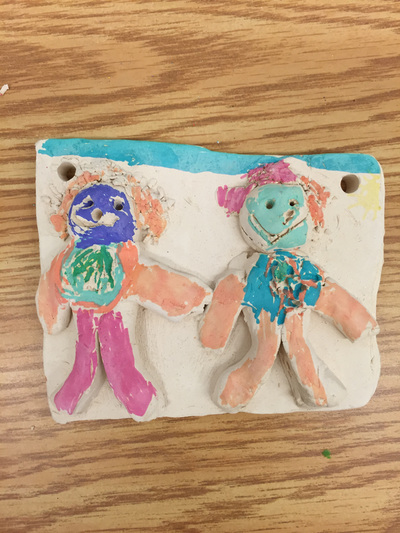
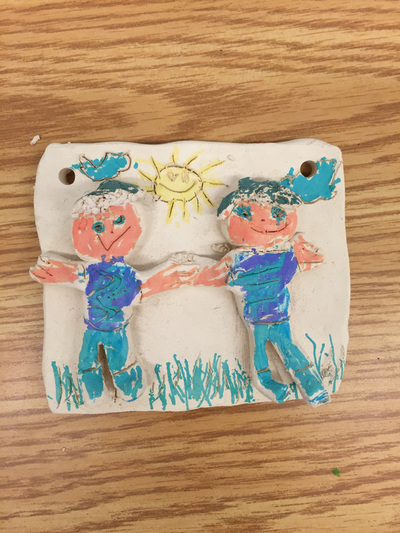
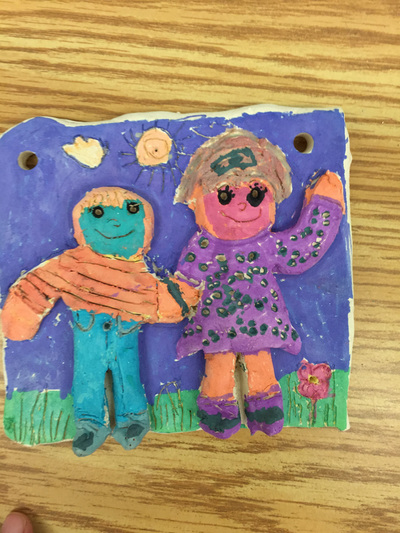
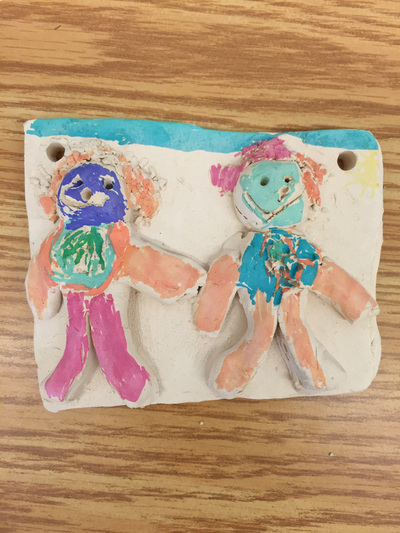
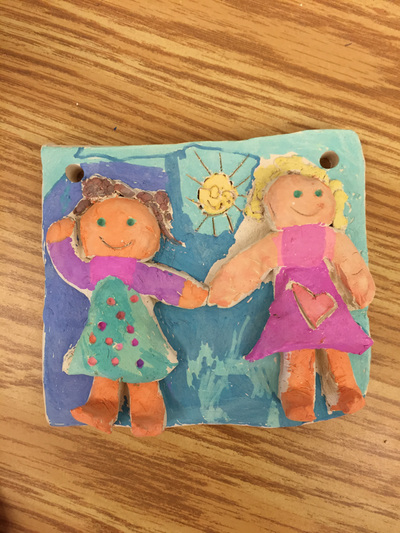
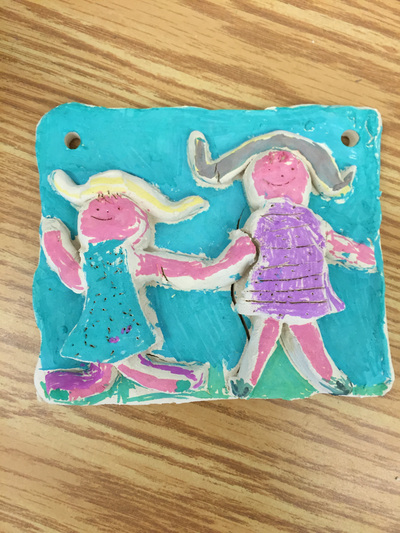
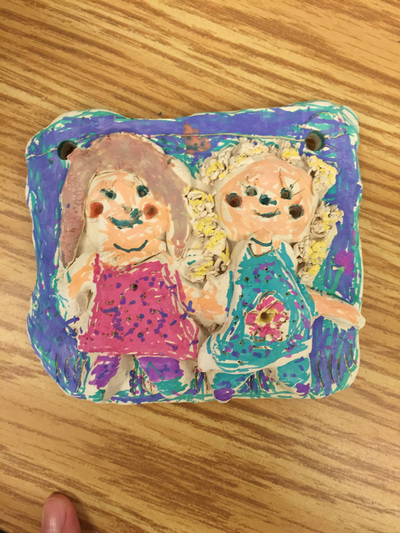
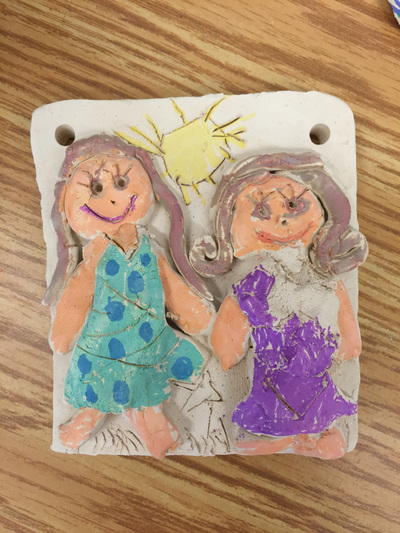
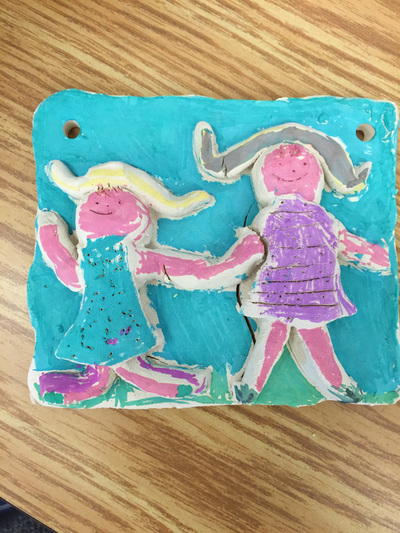
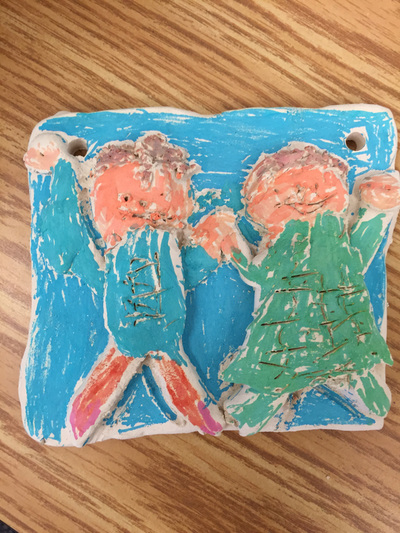
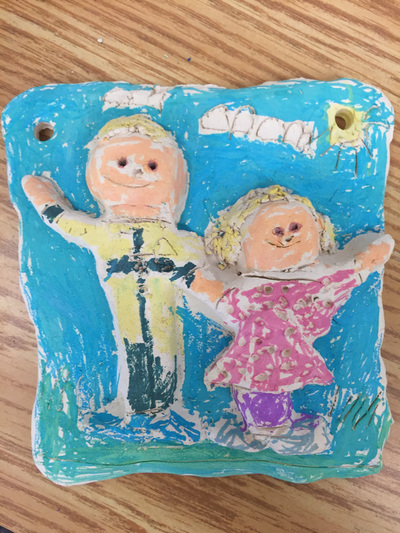
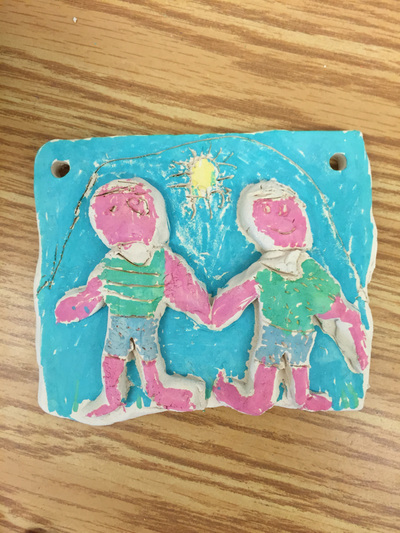
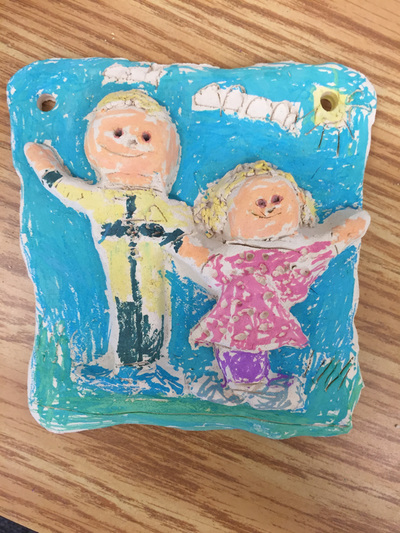
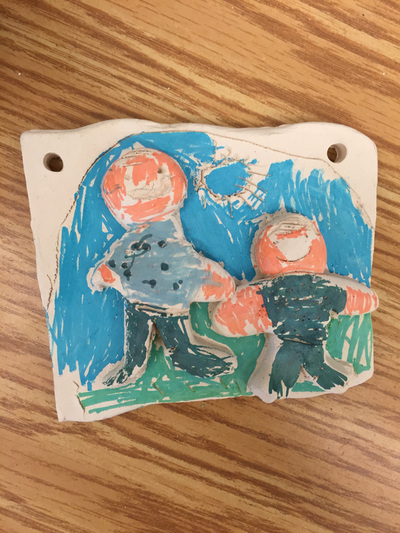
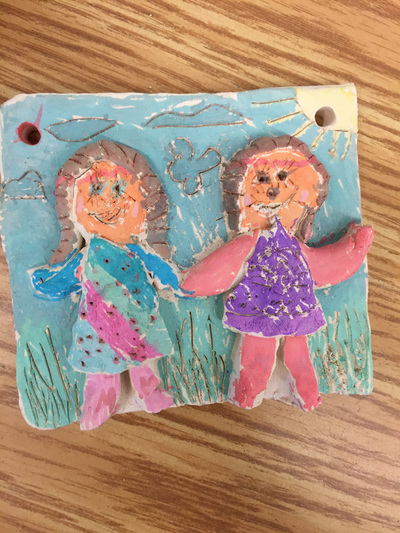

 RSS Feed
RSS Feed
